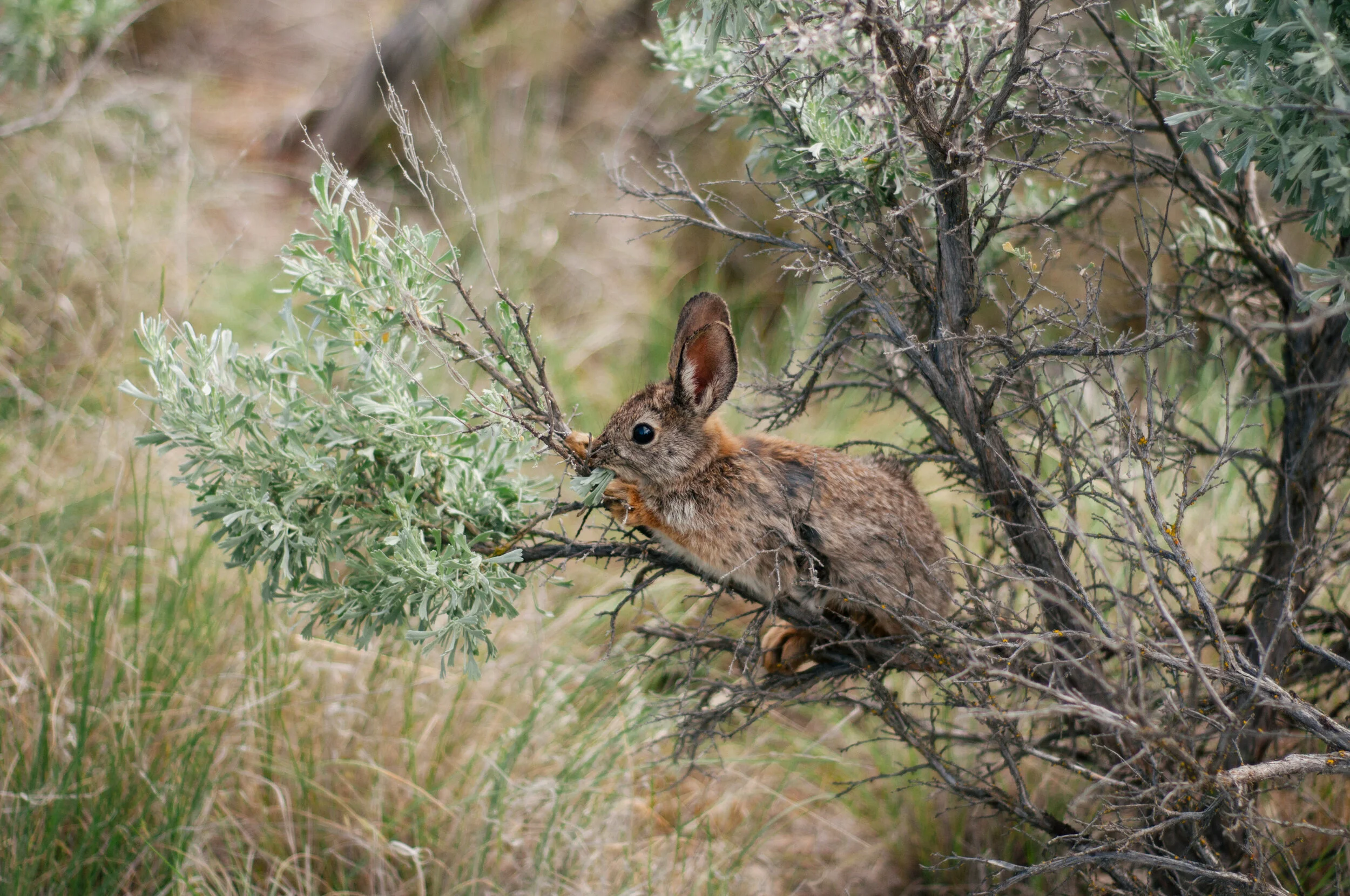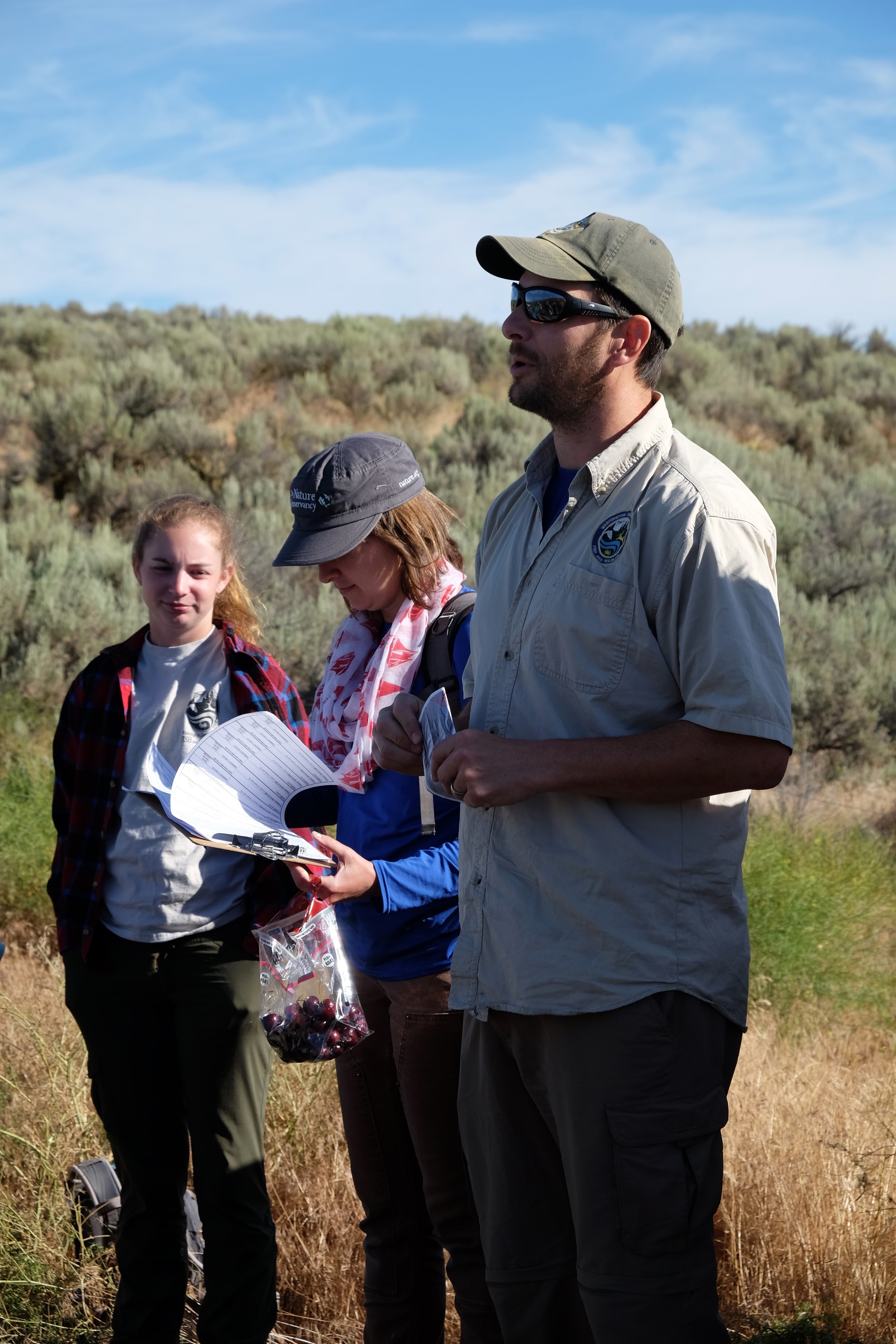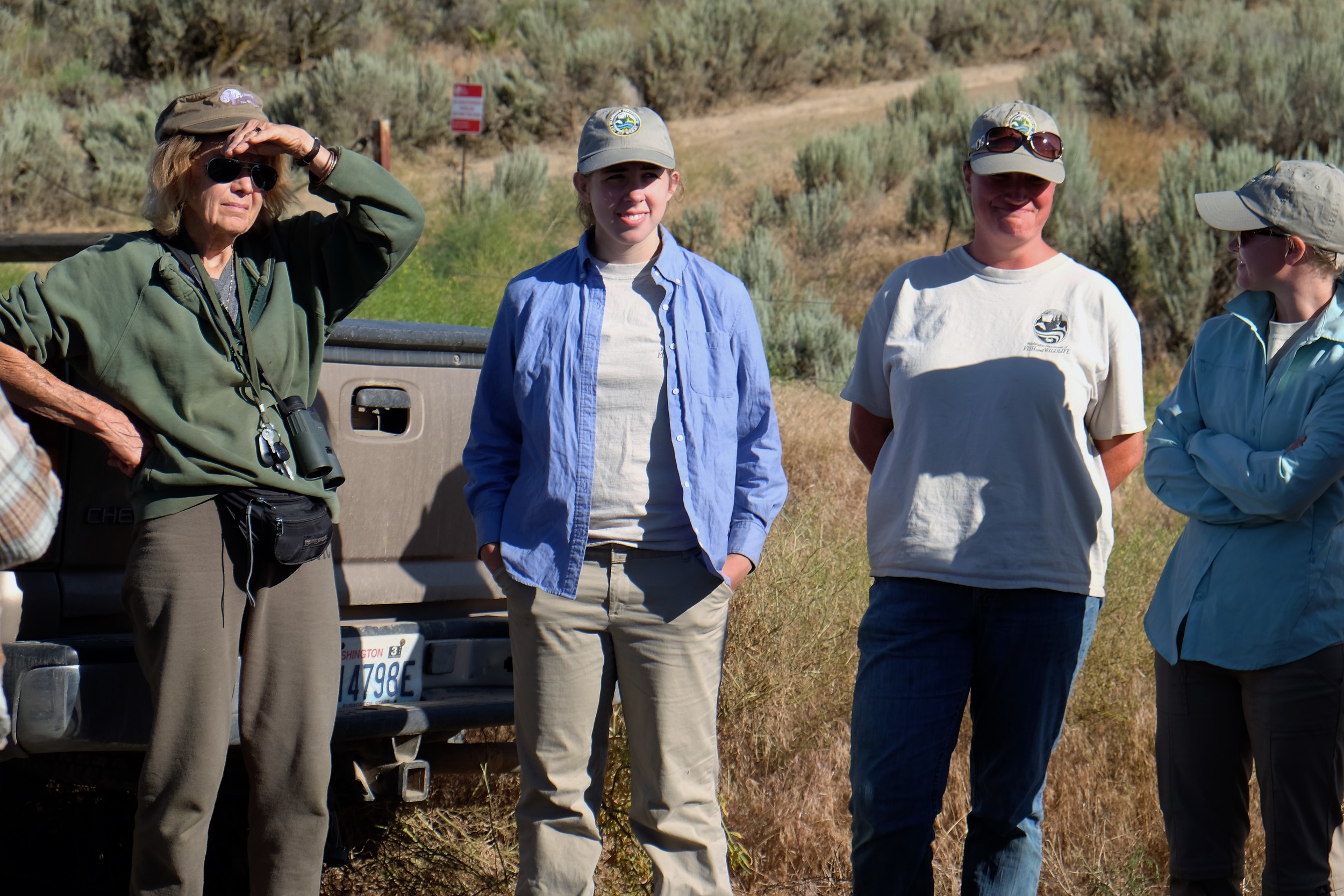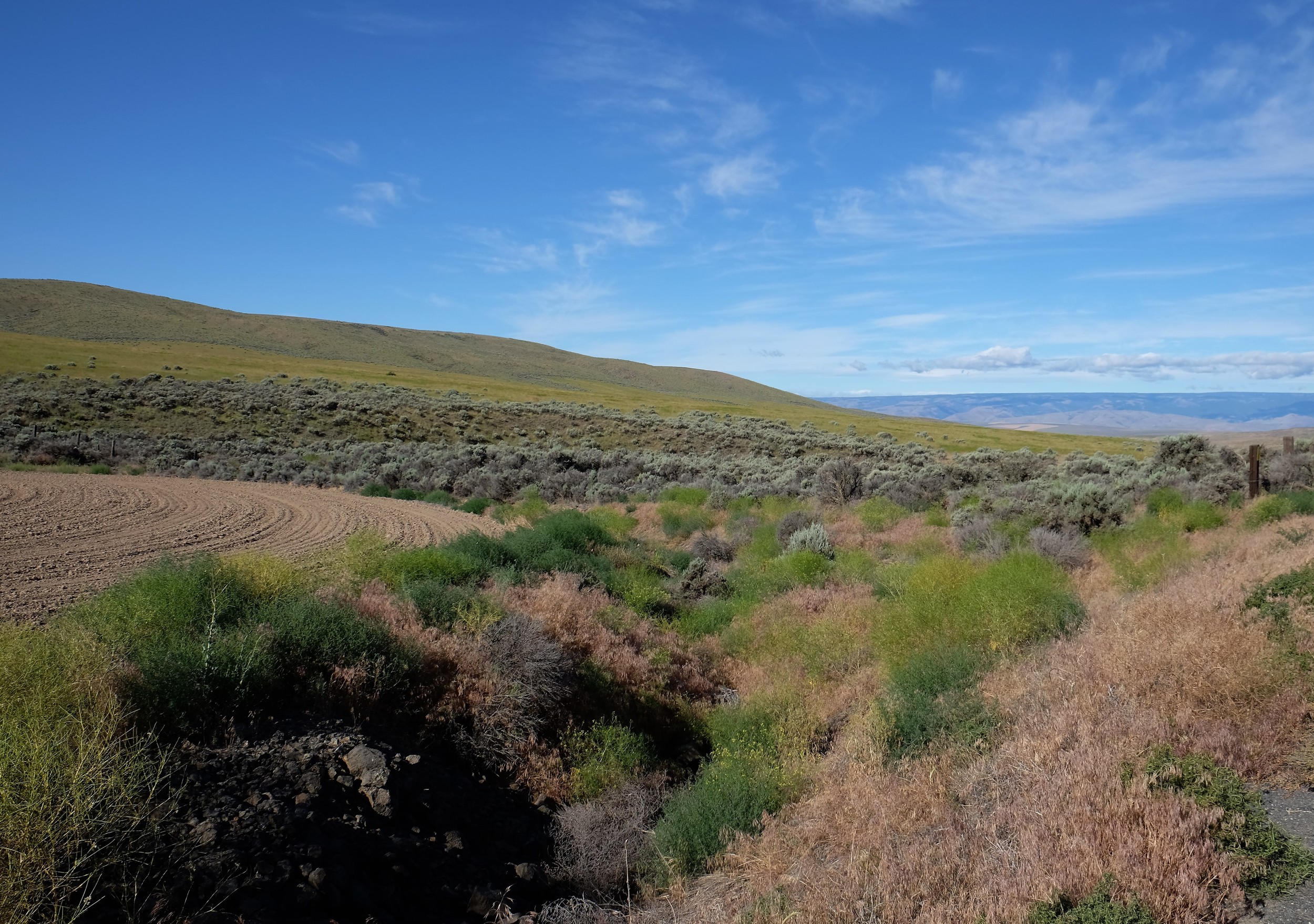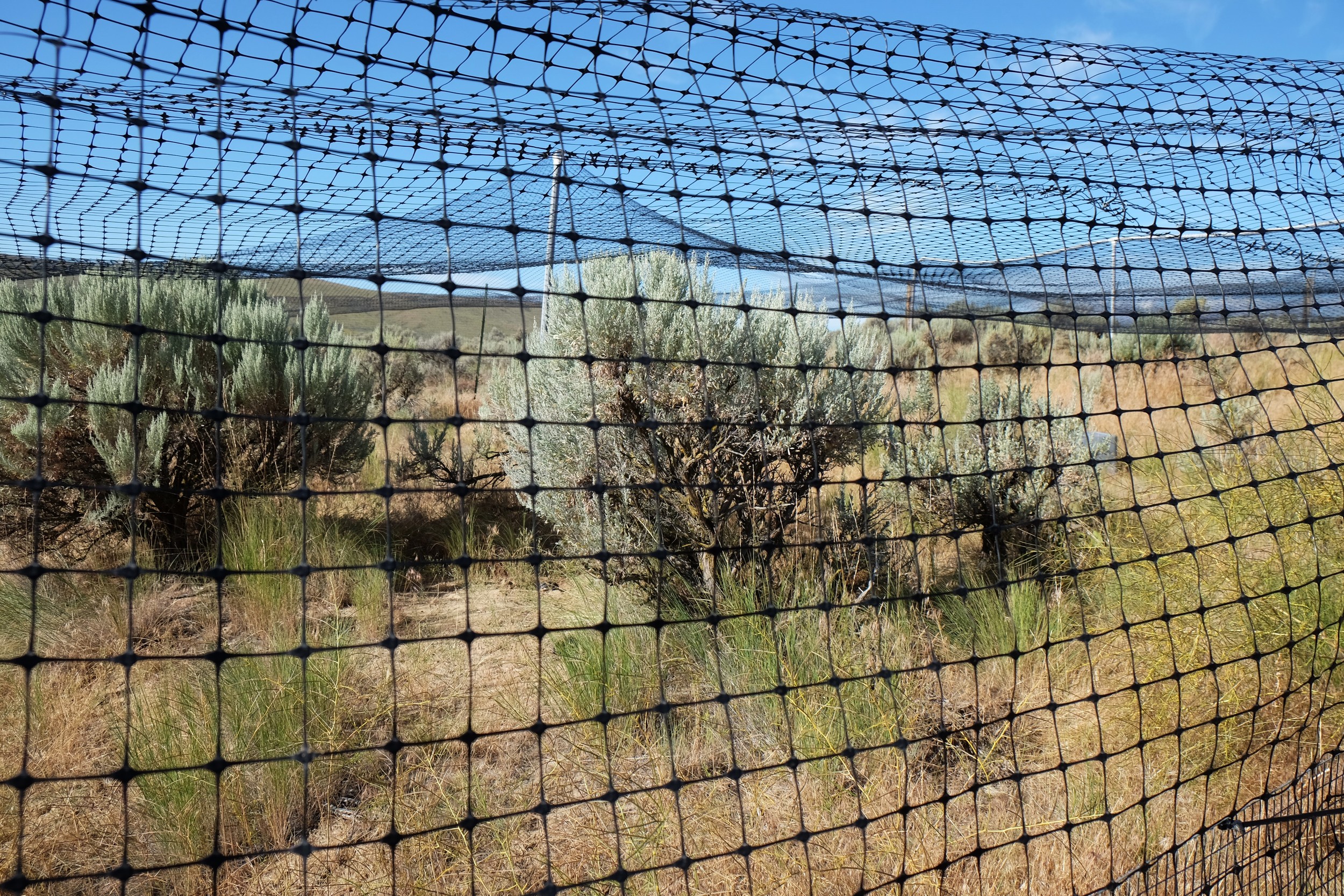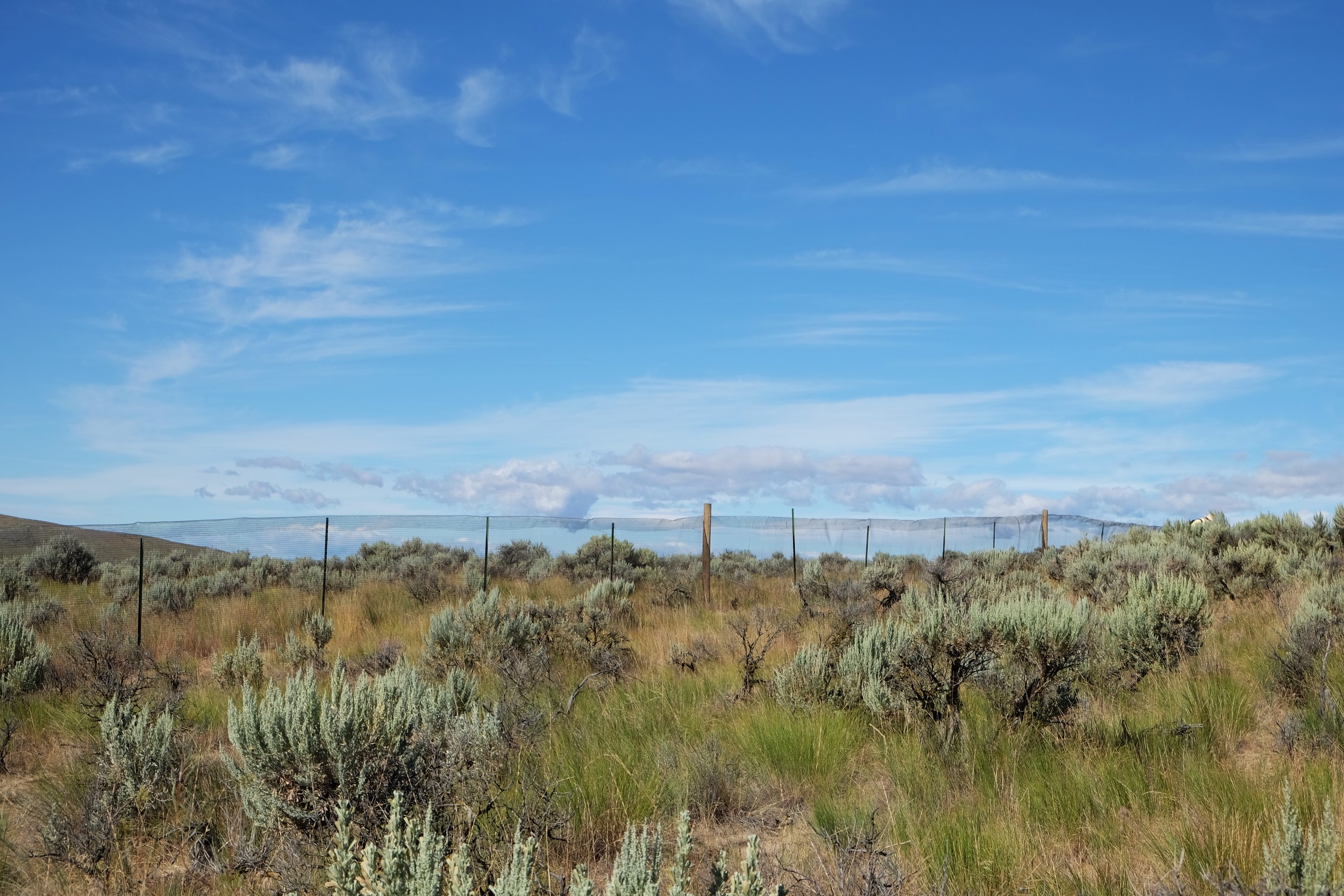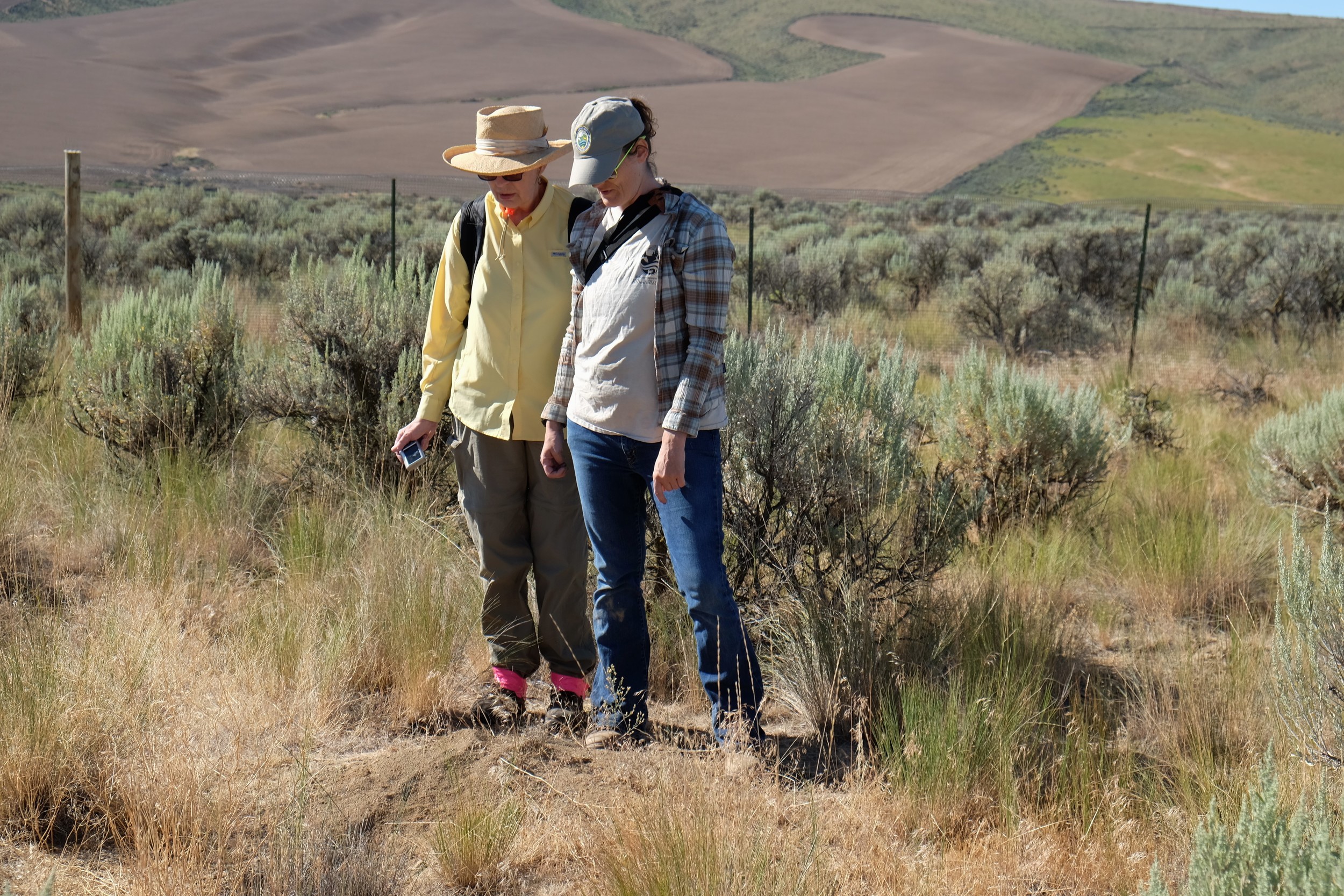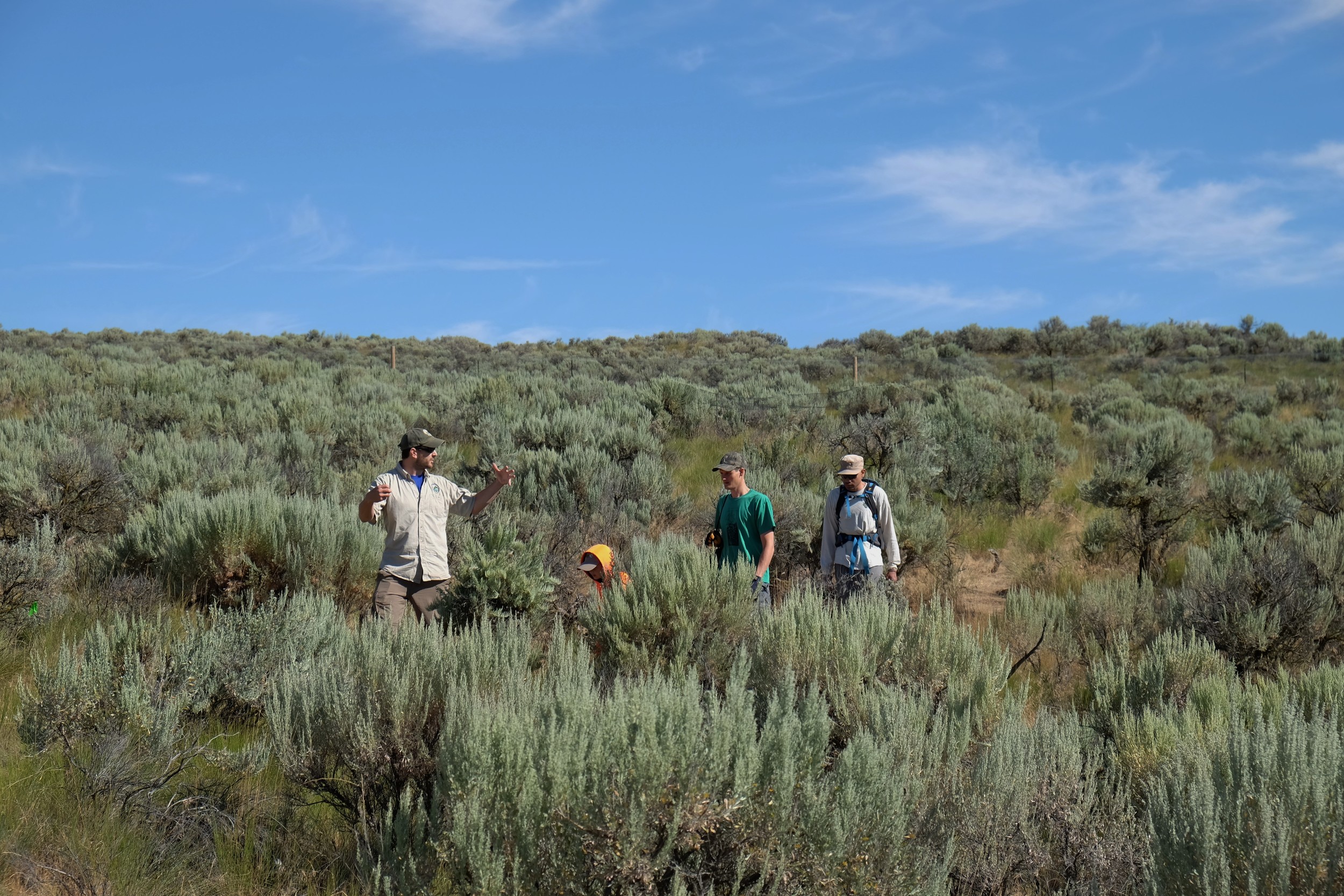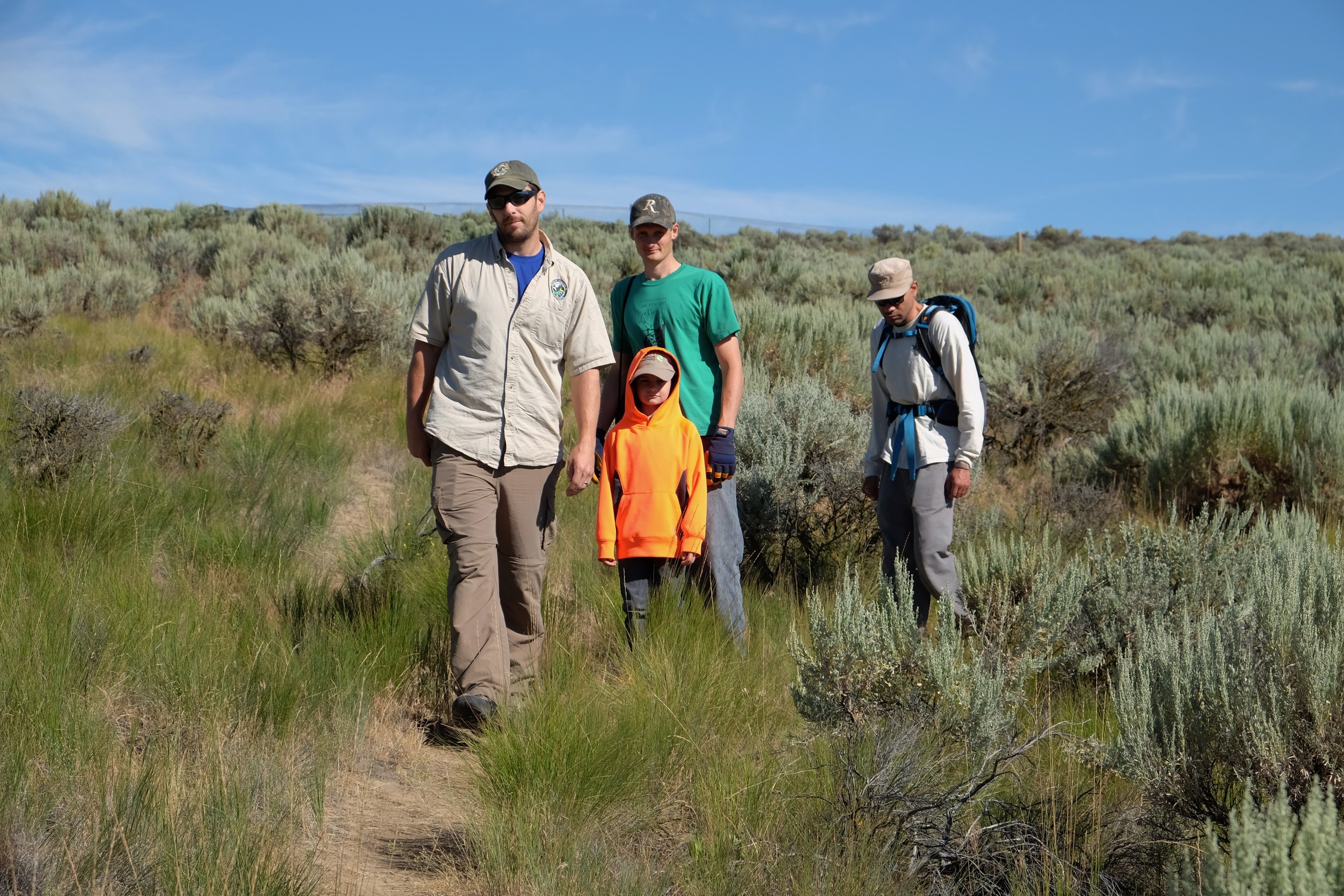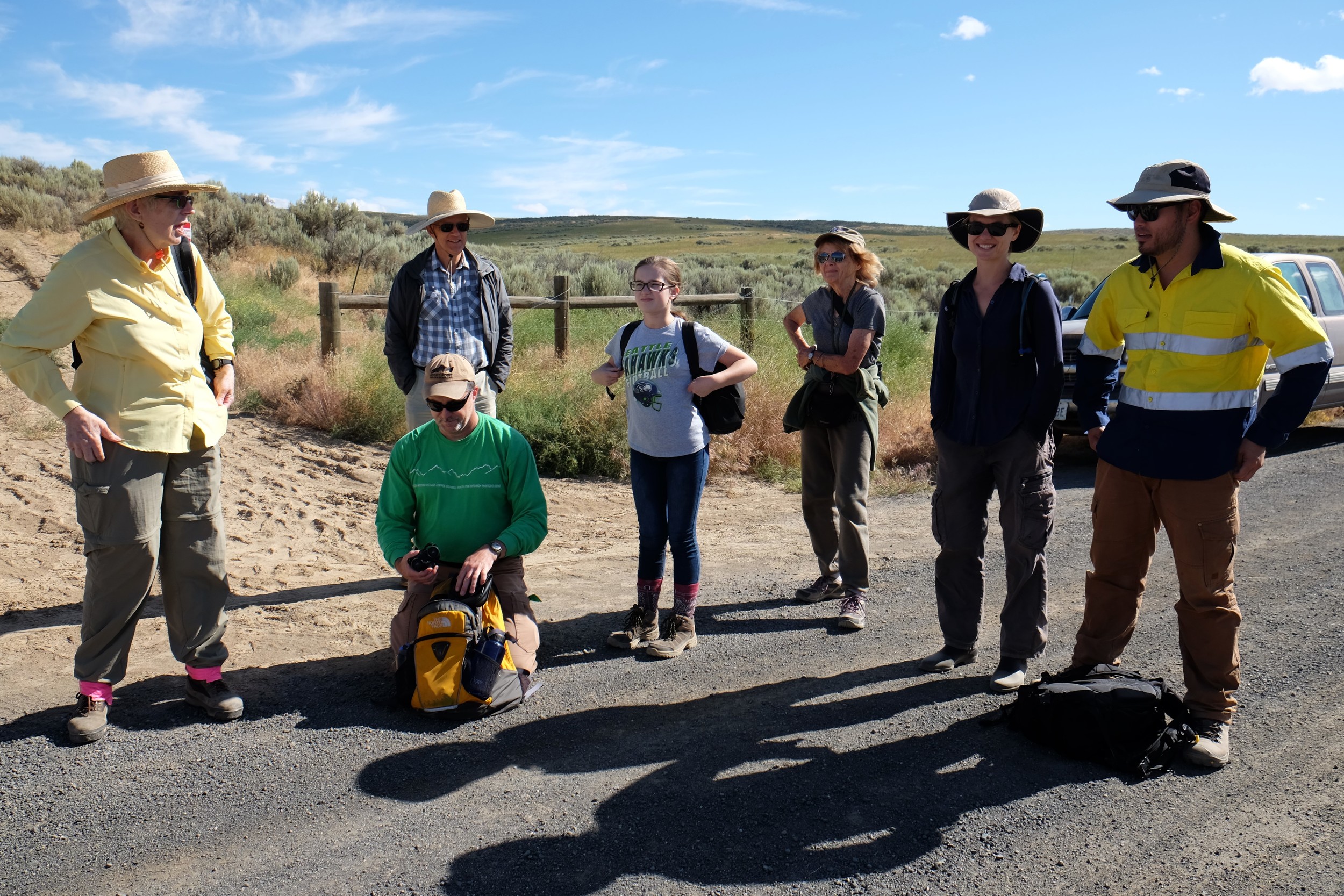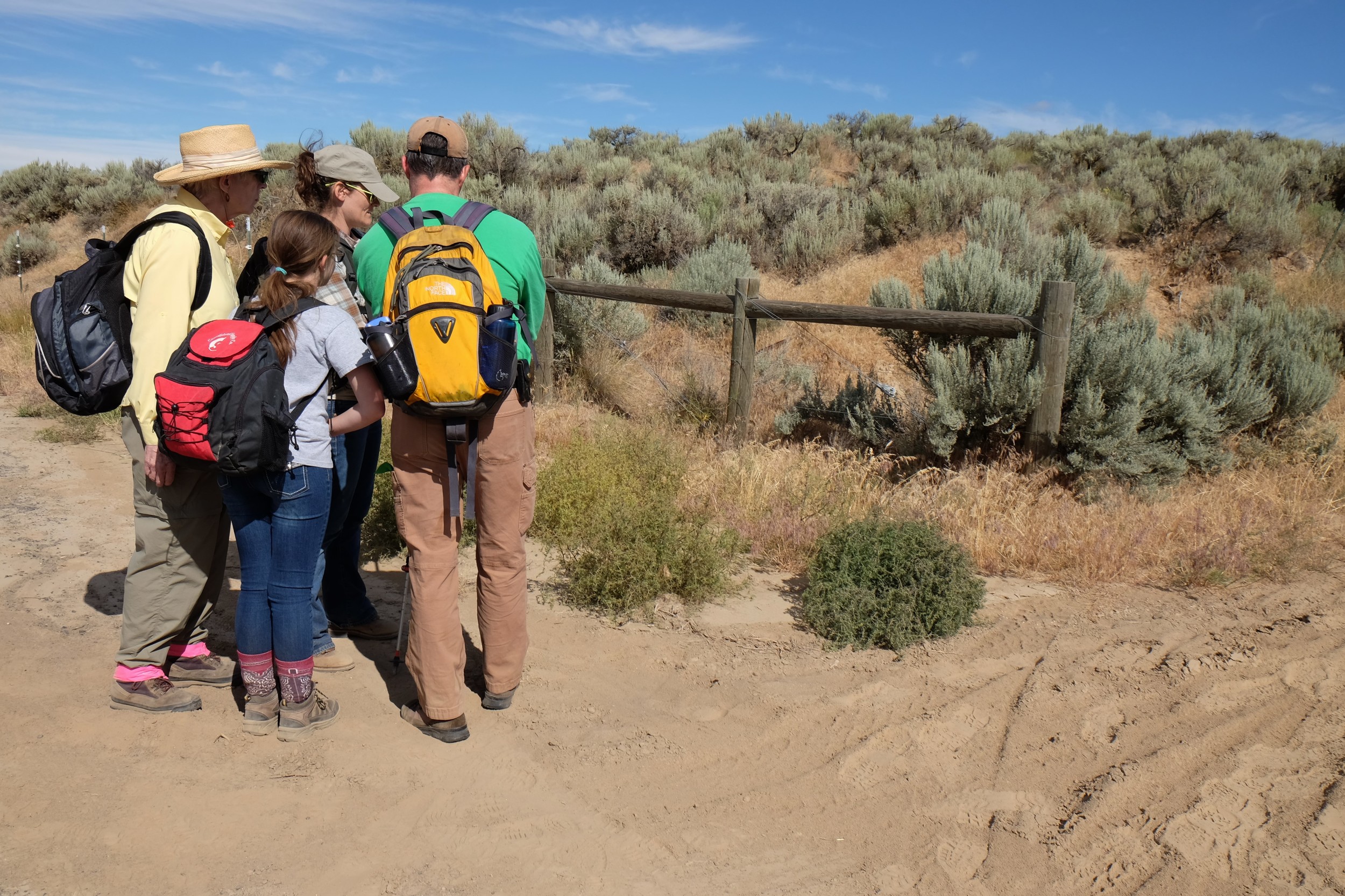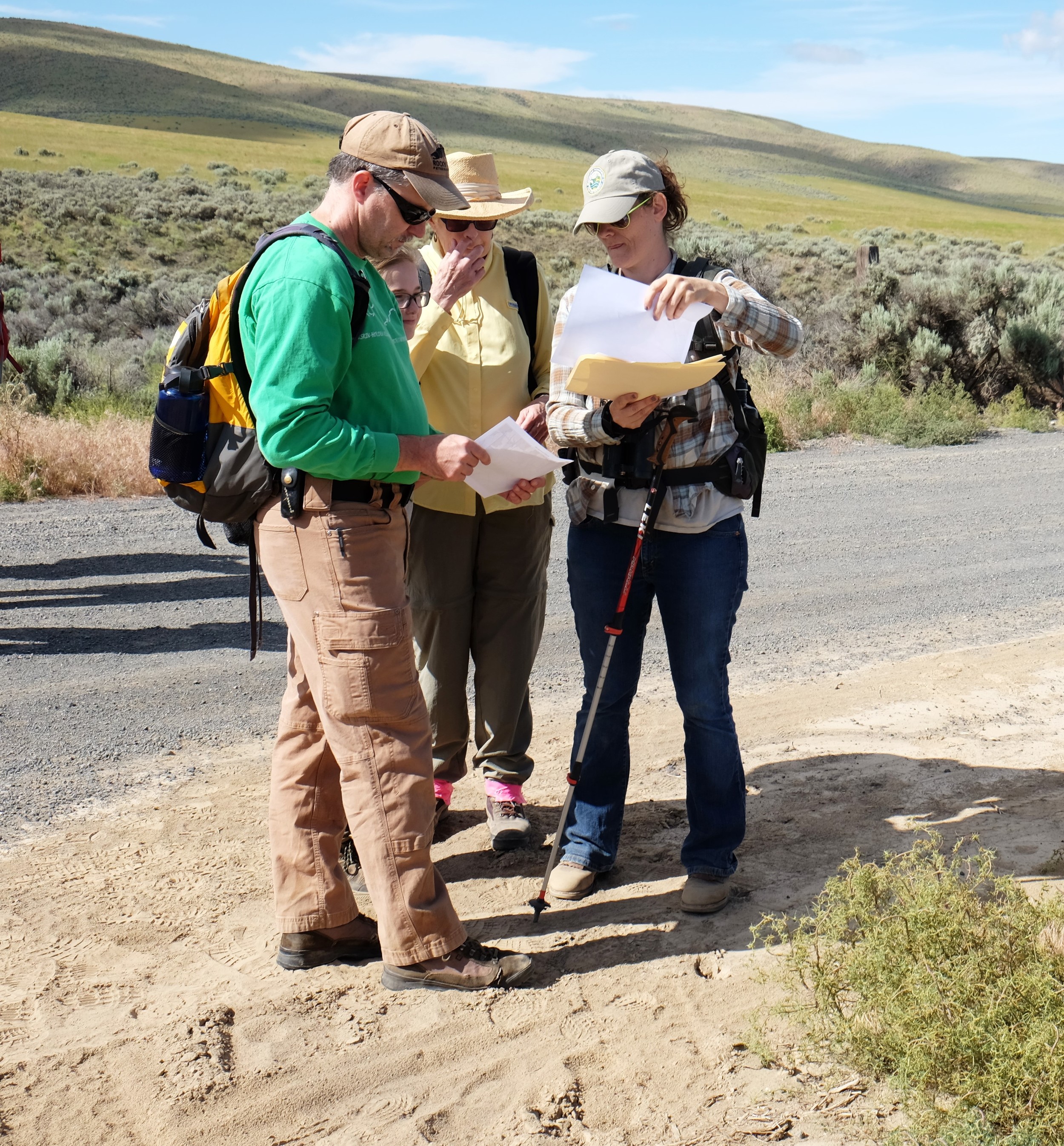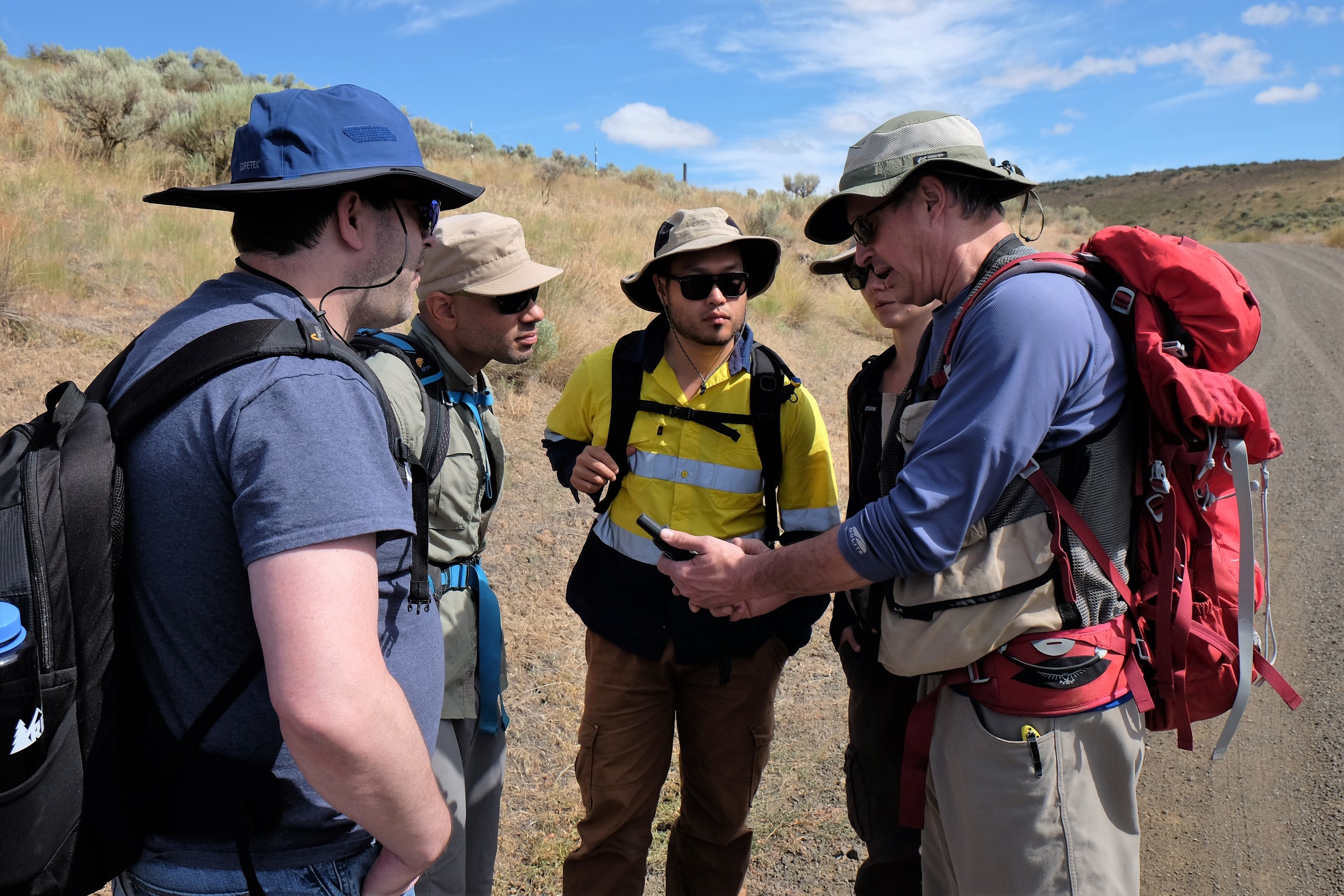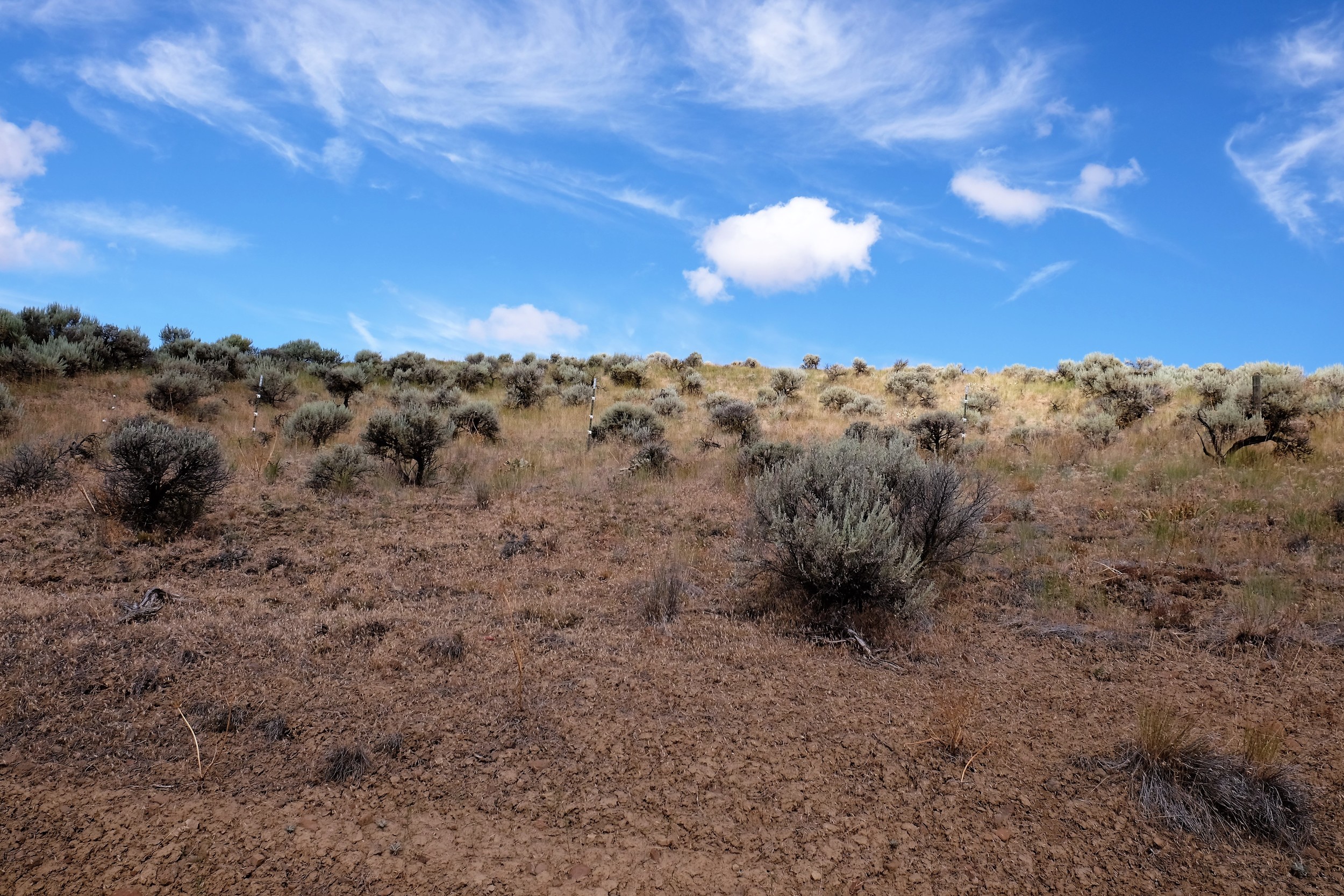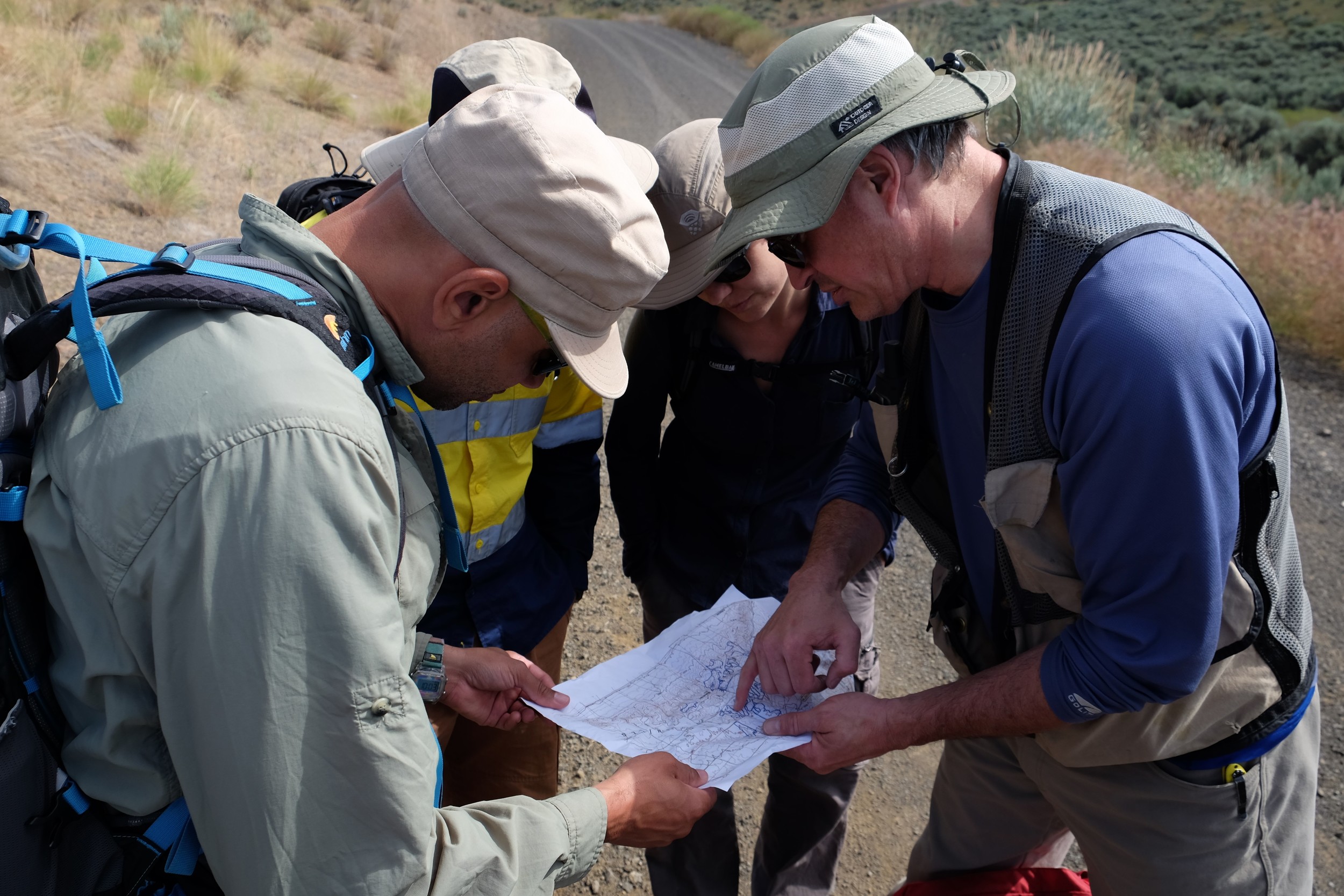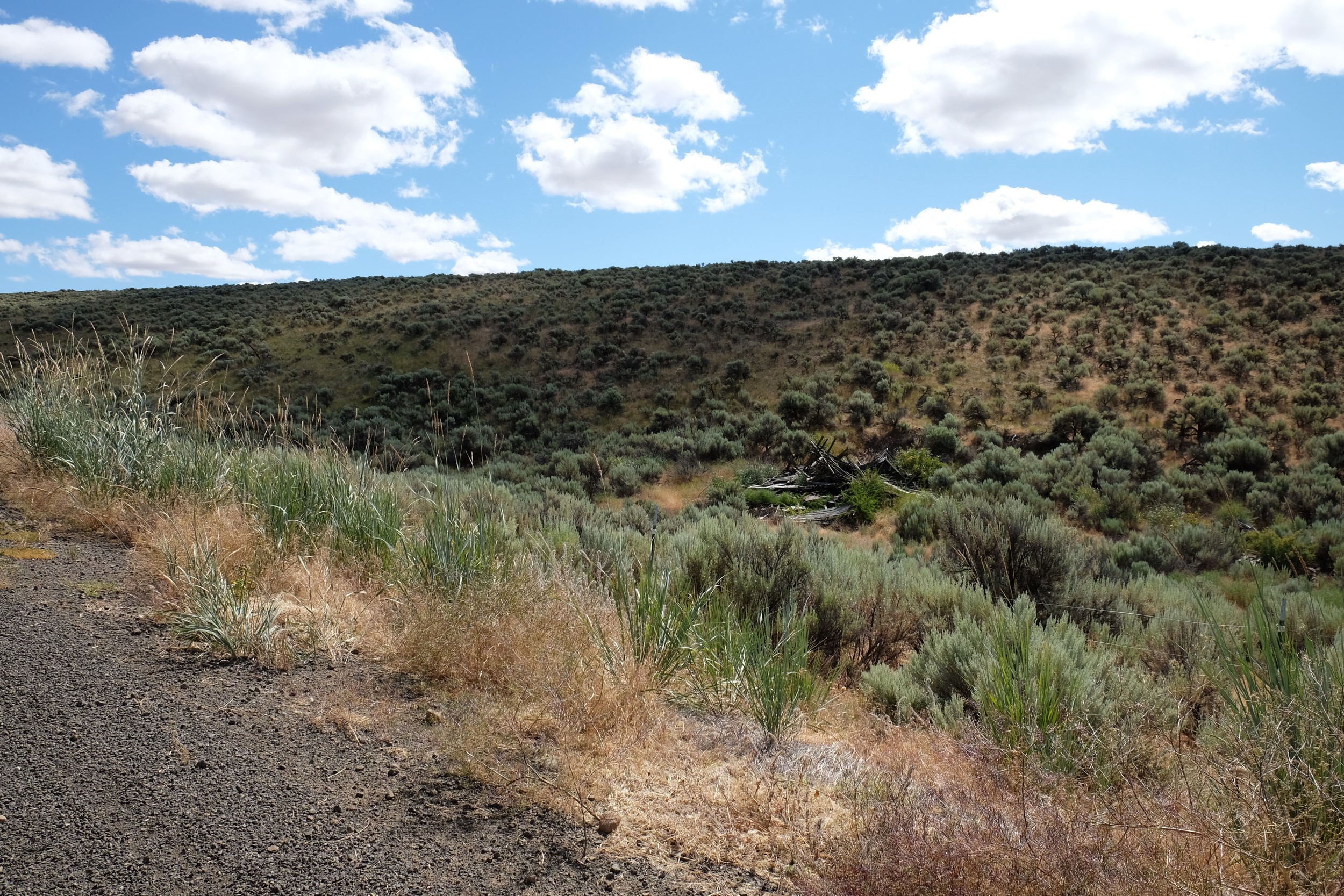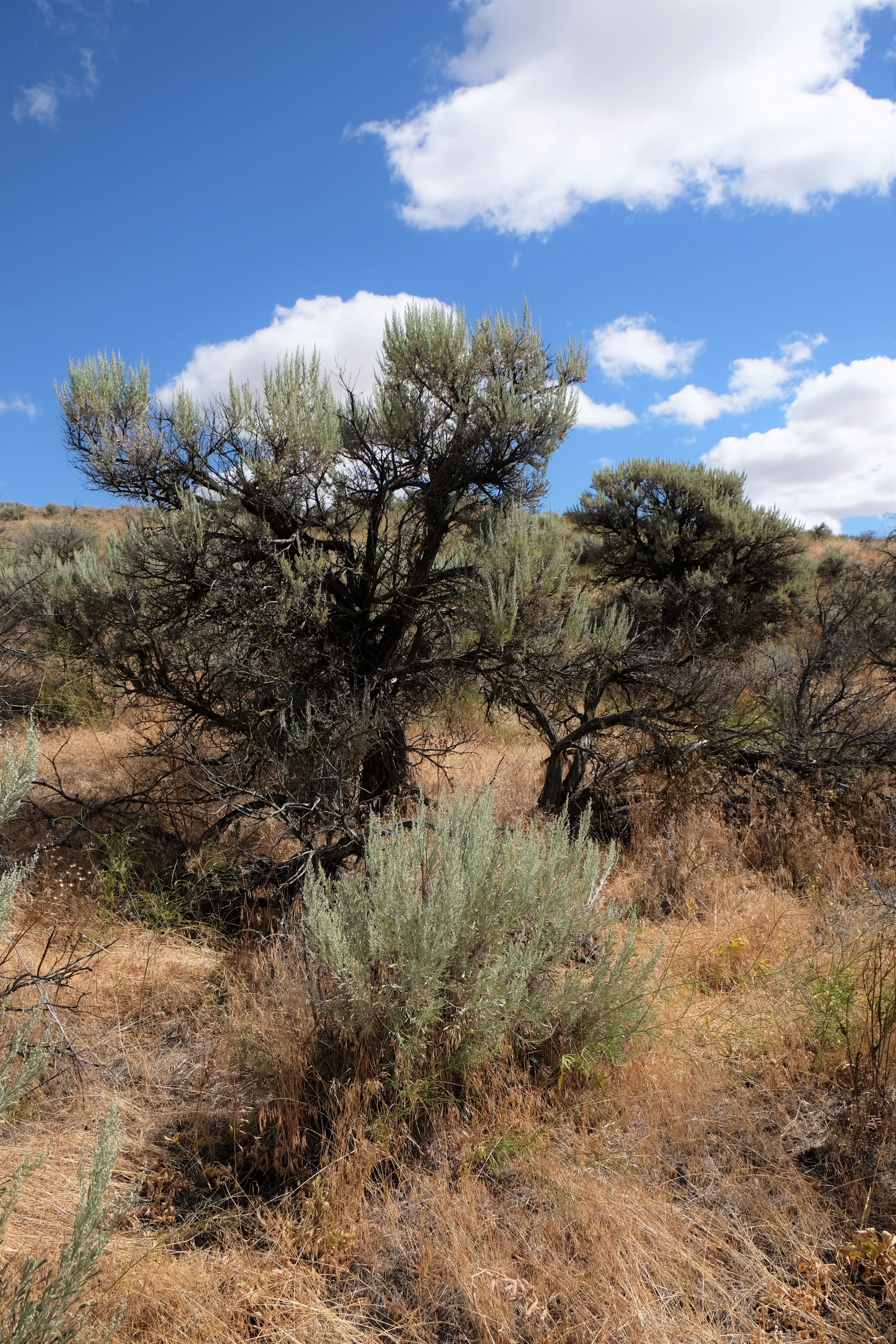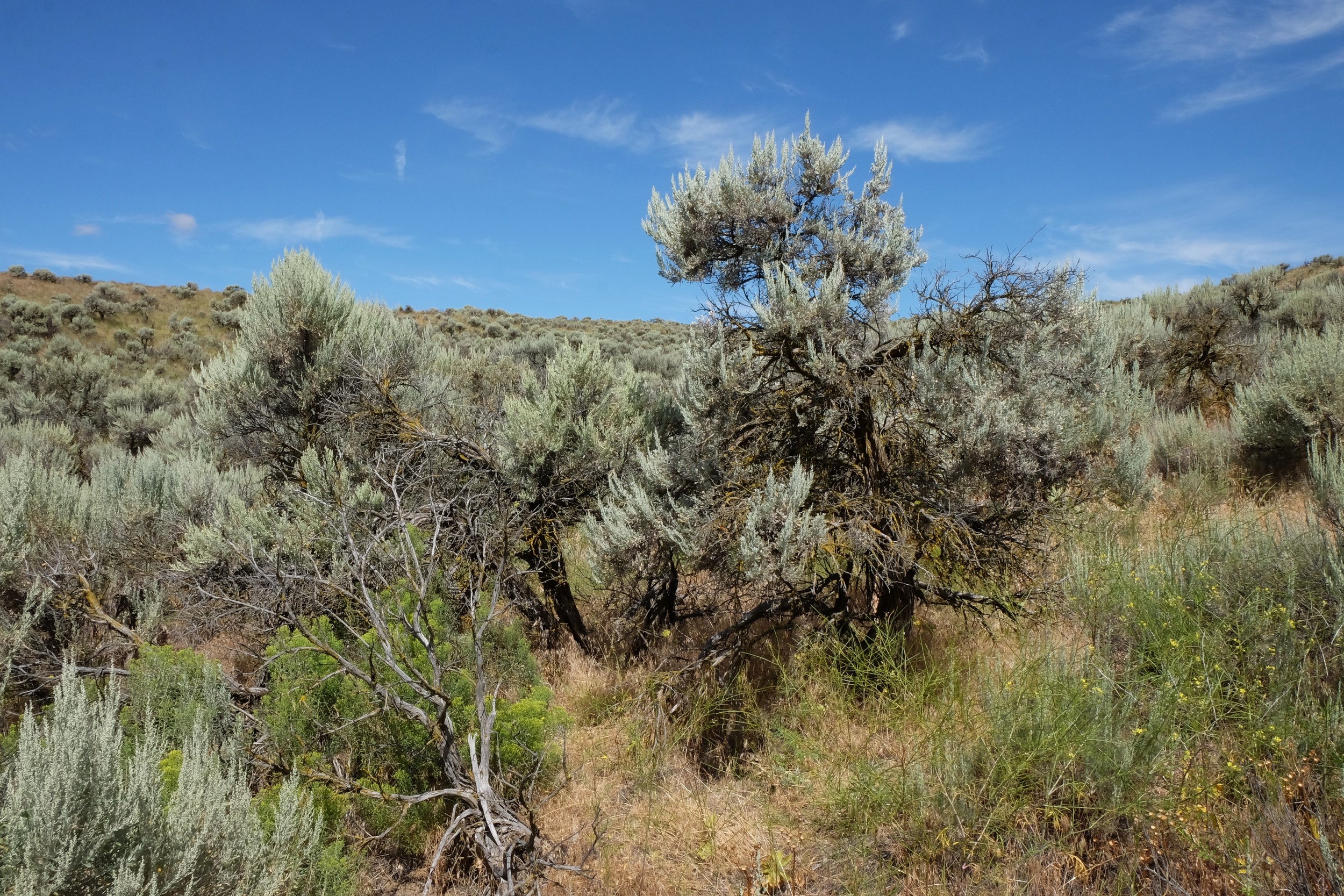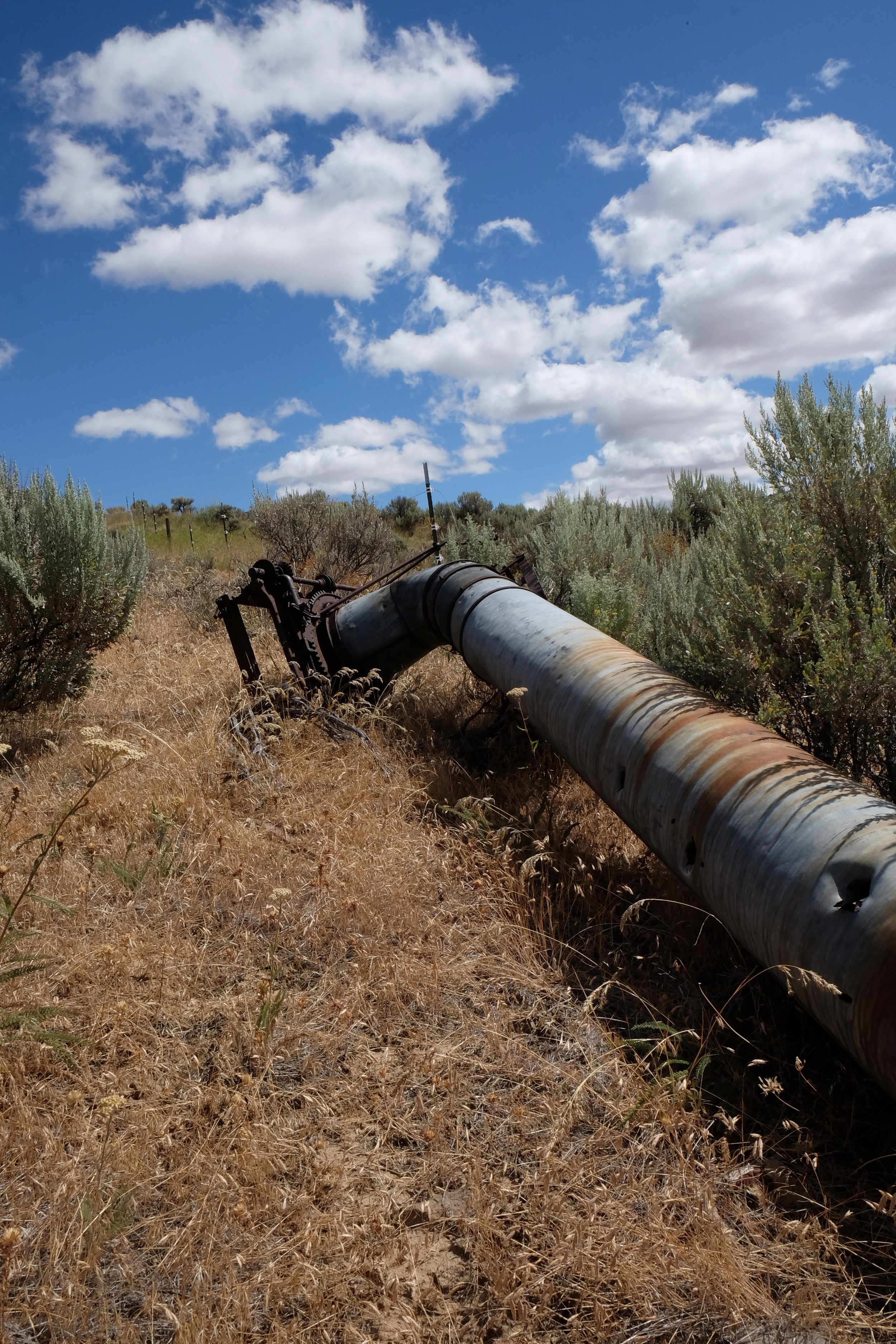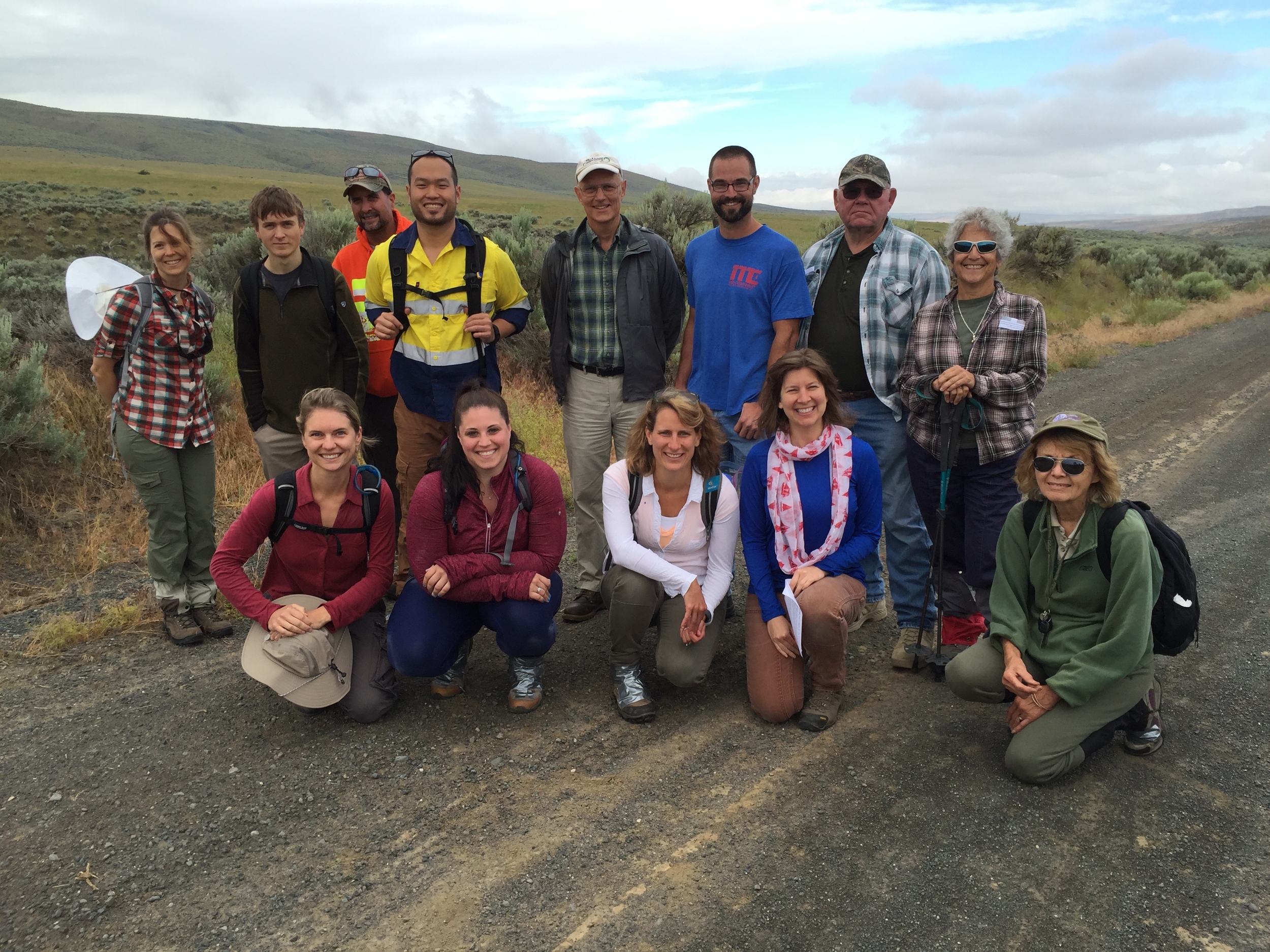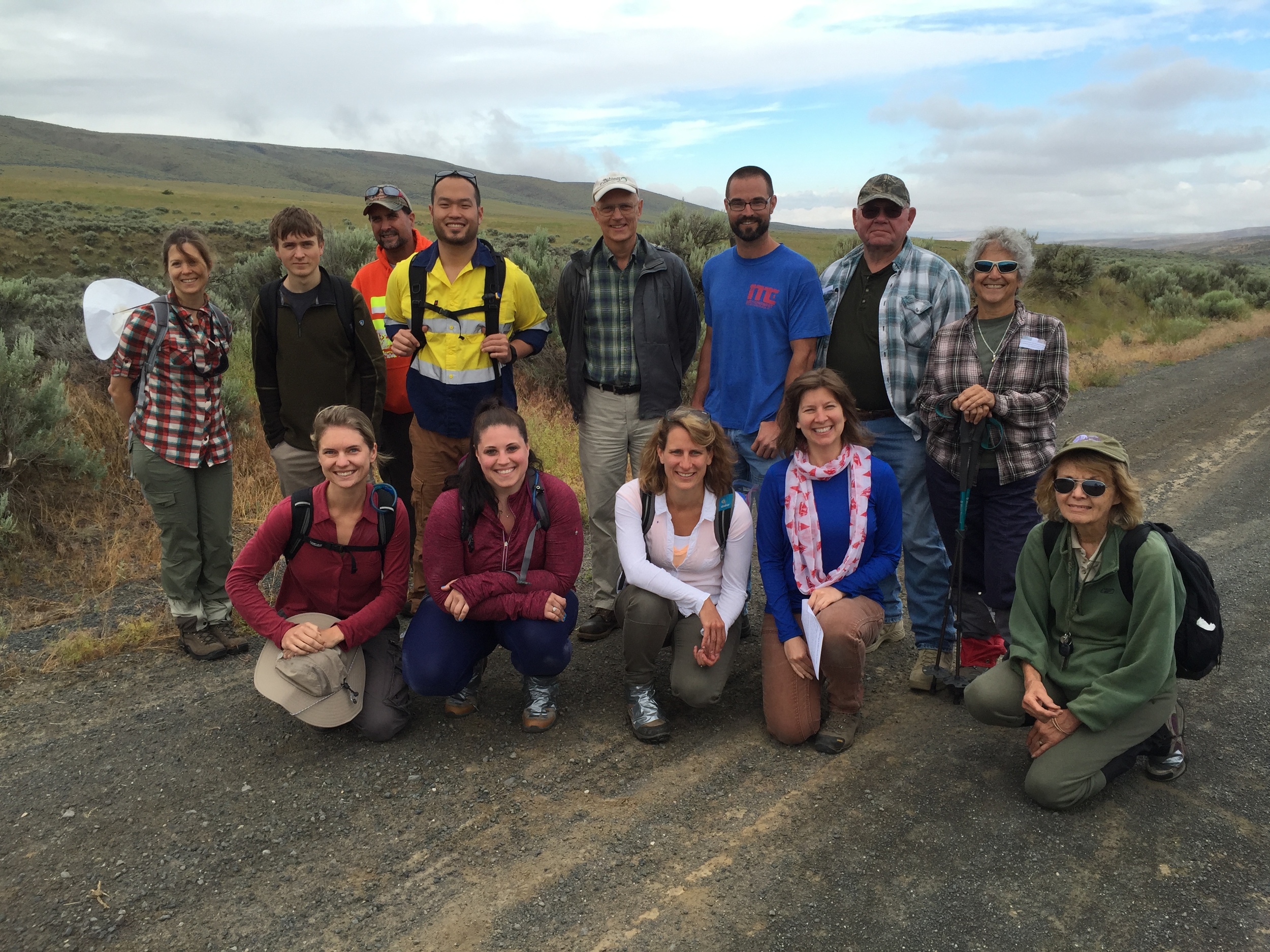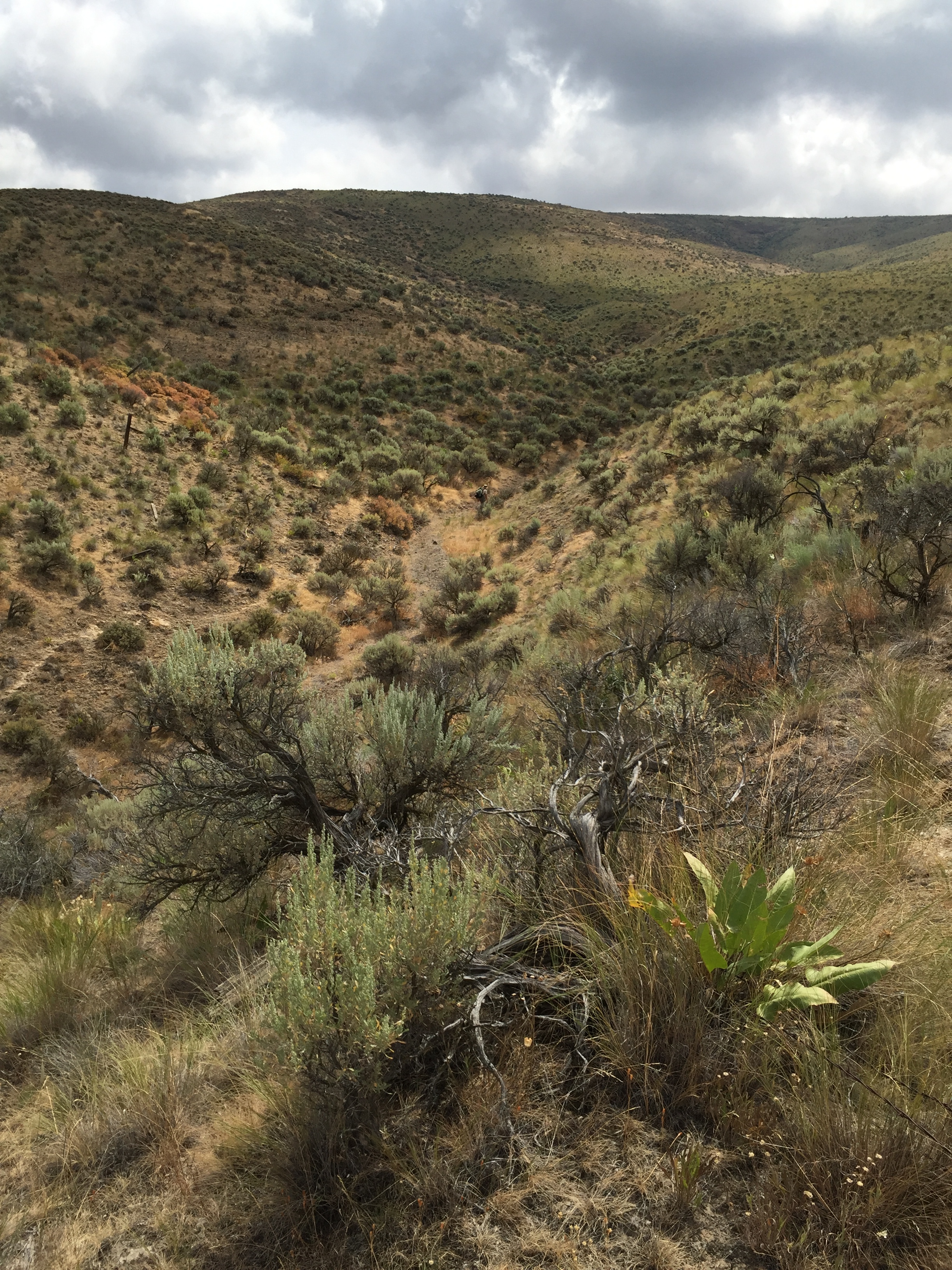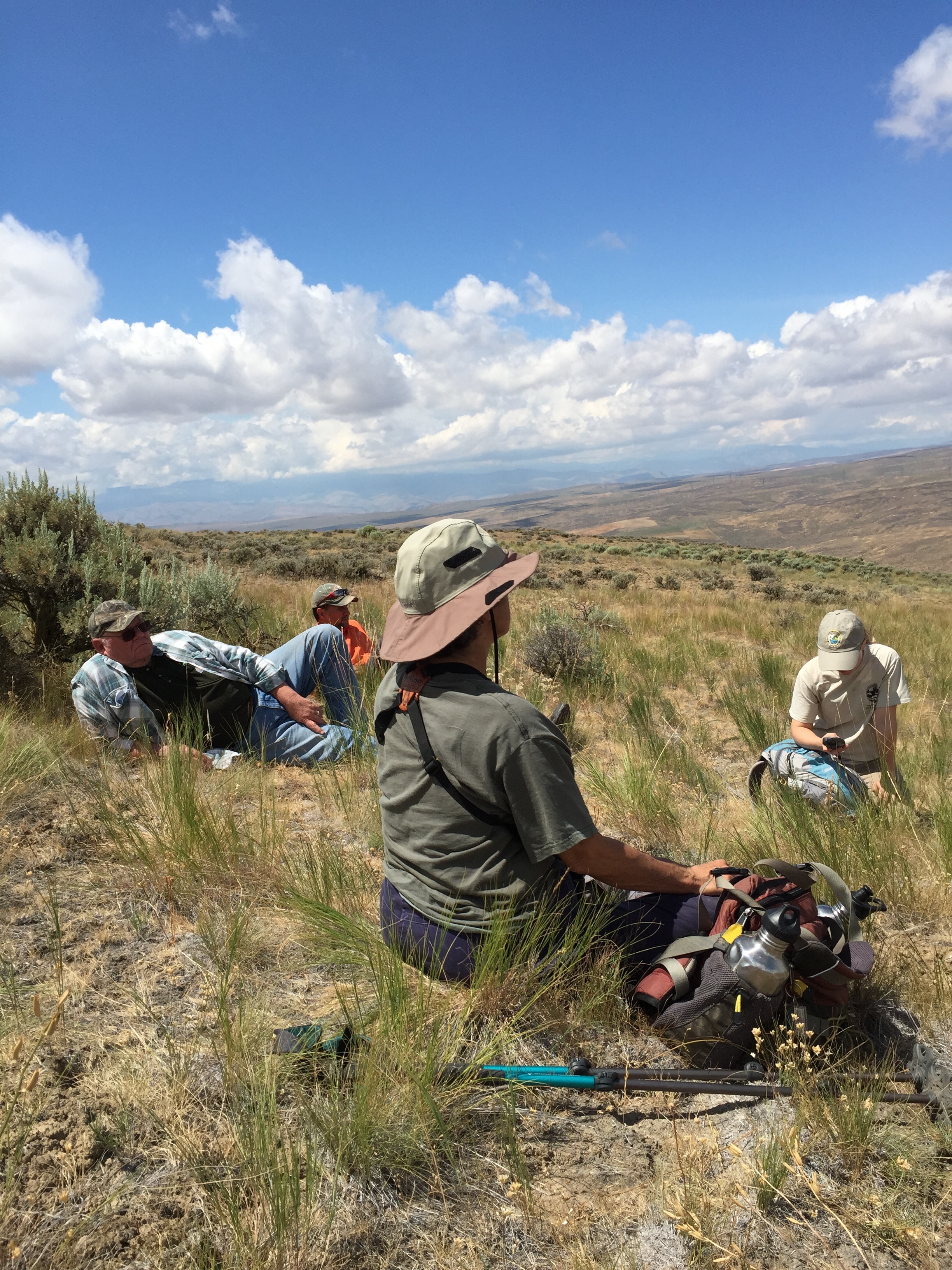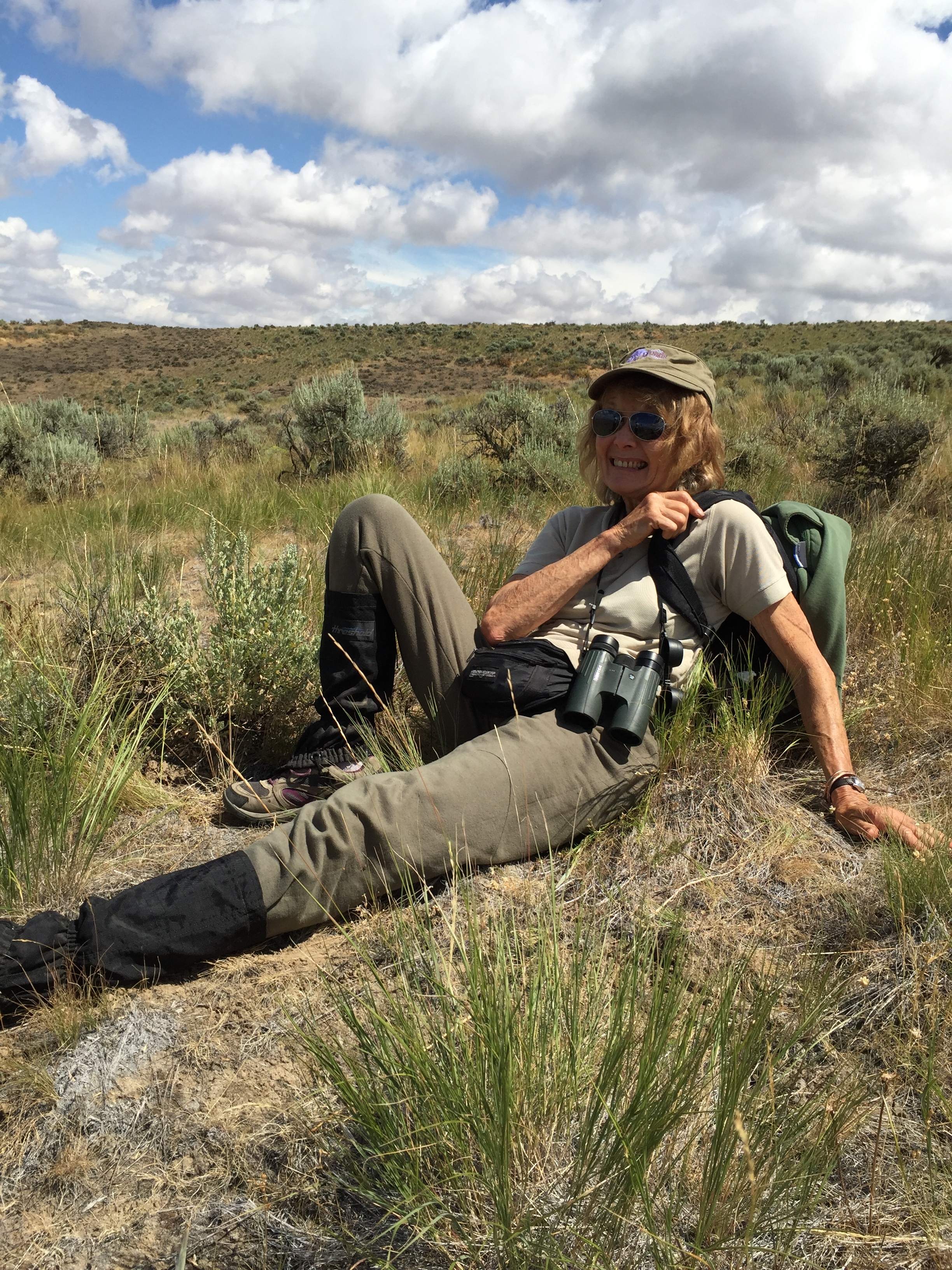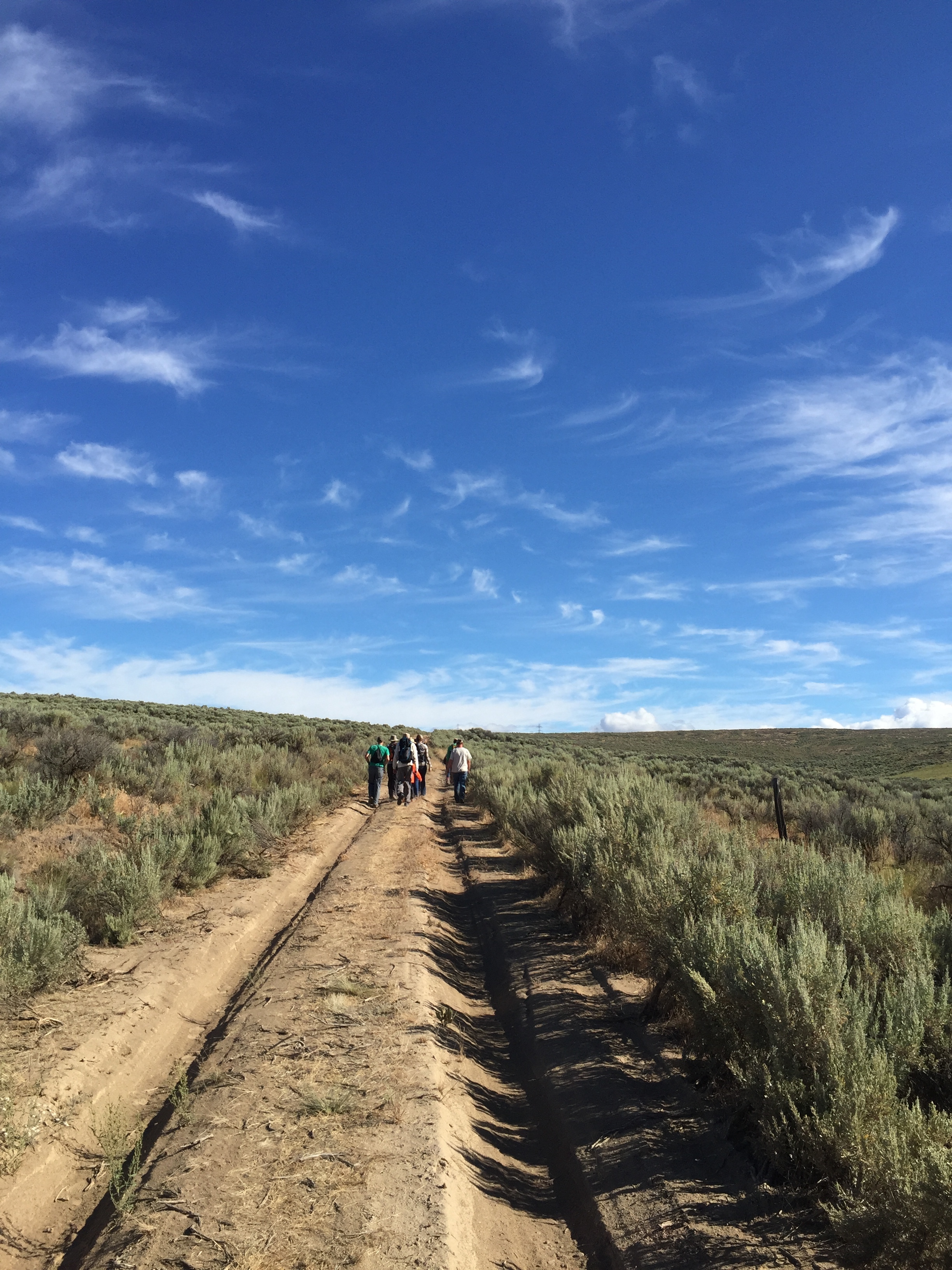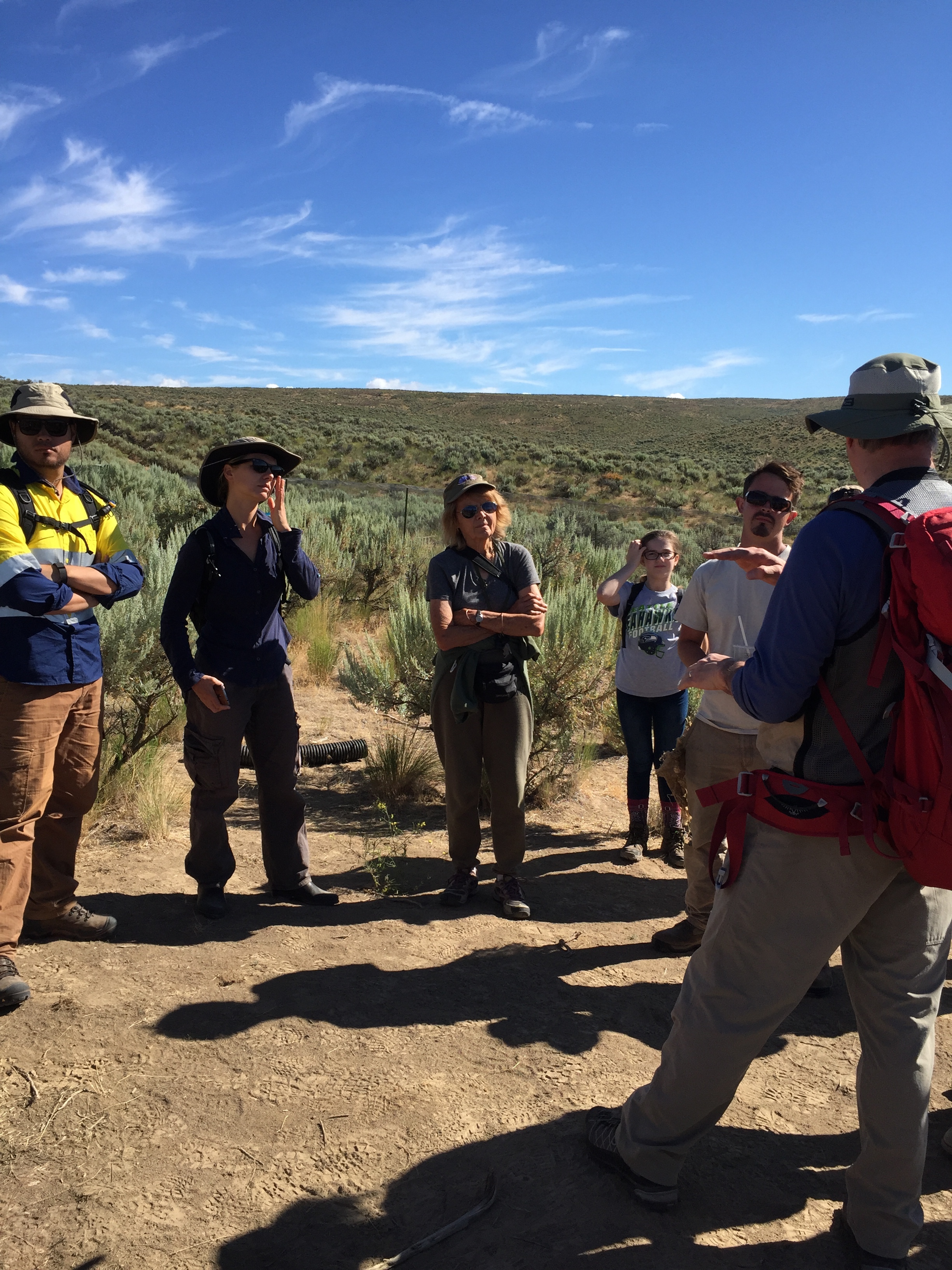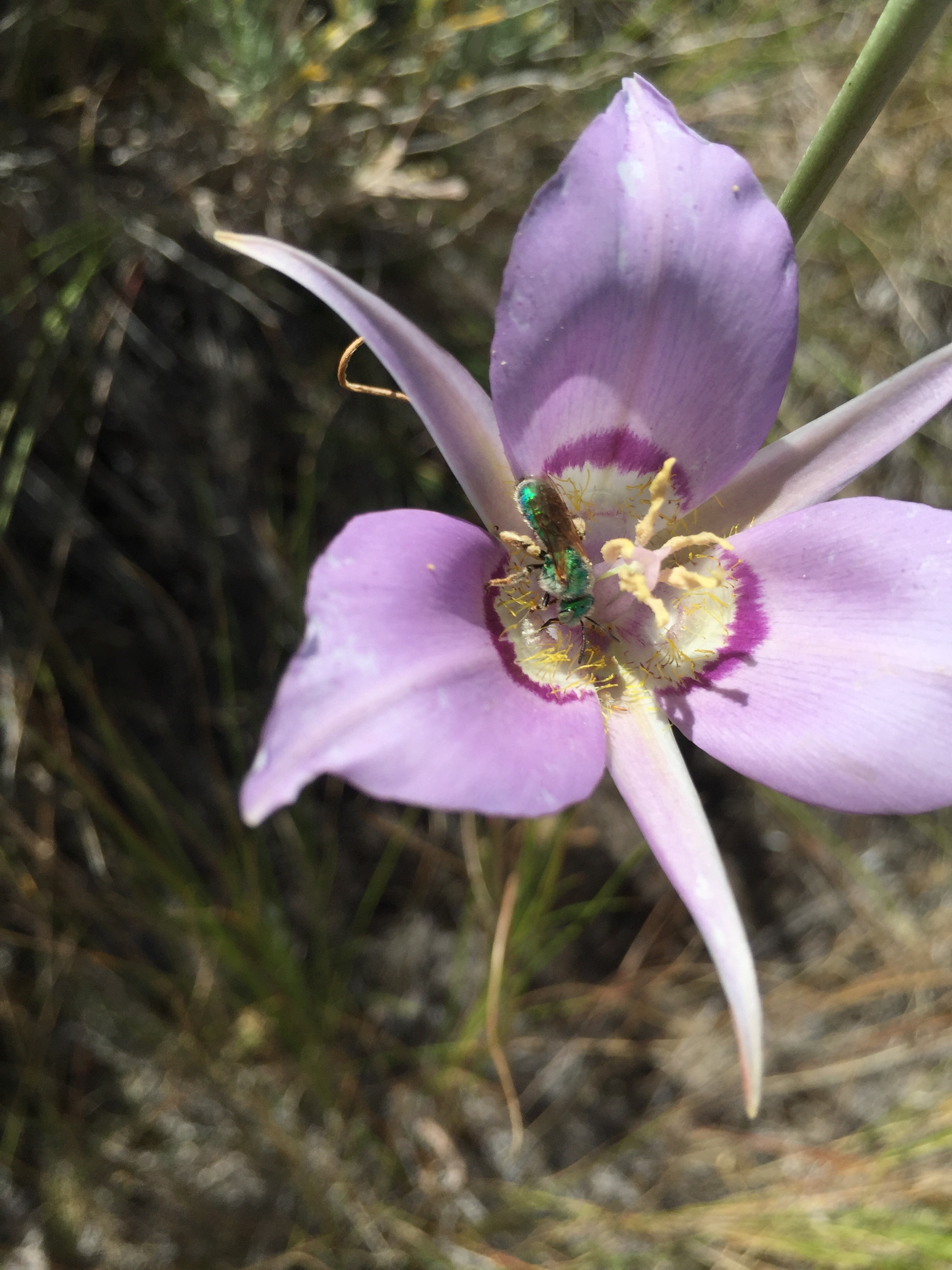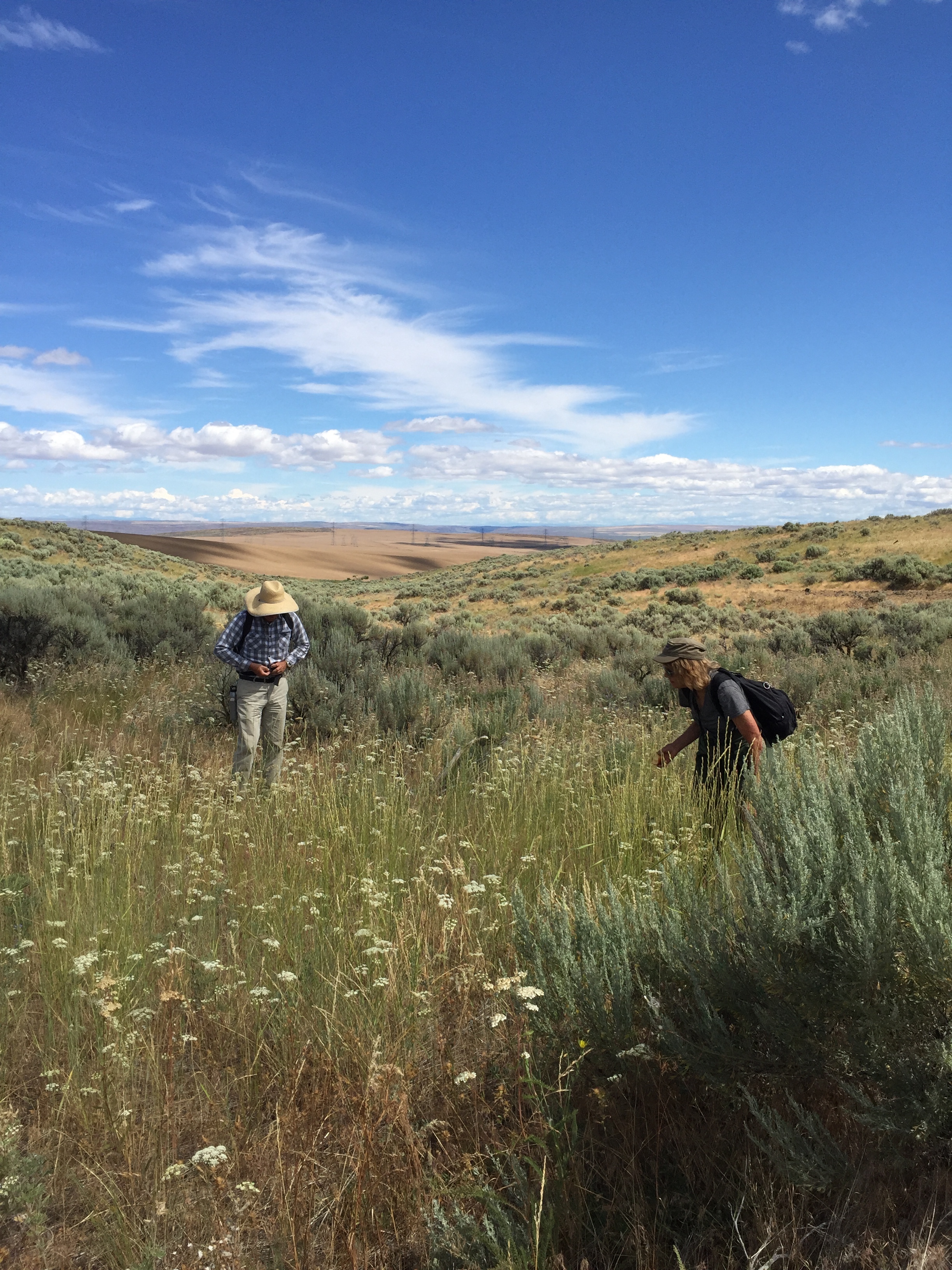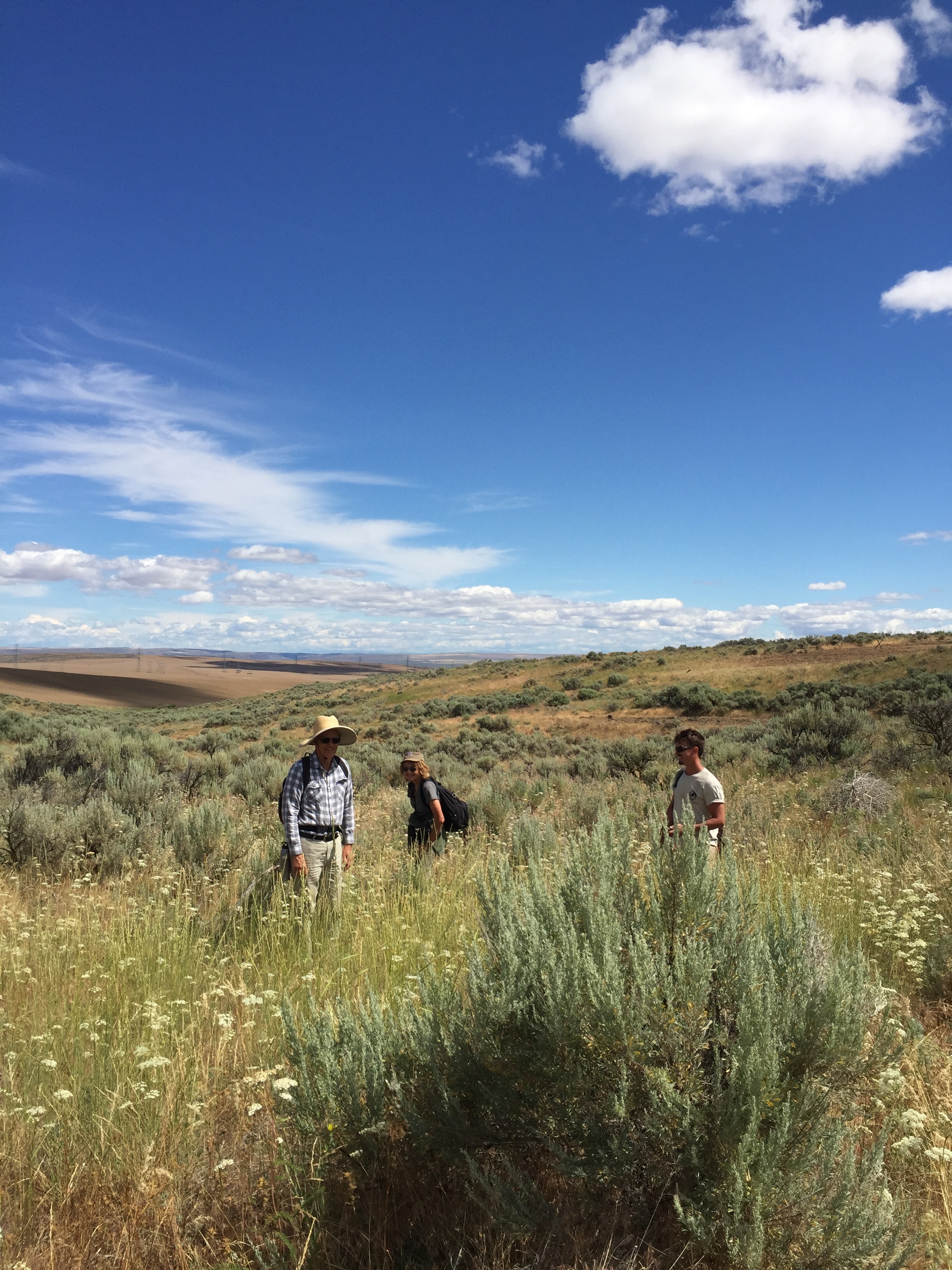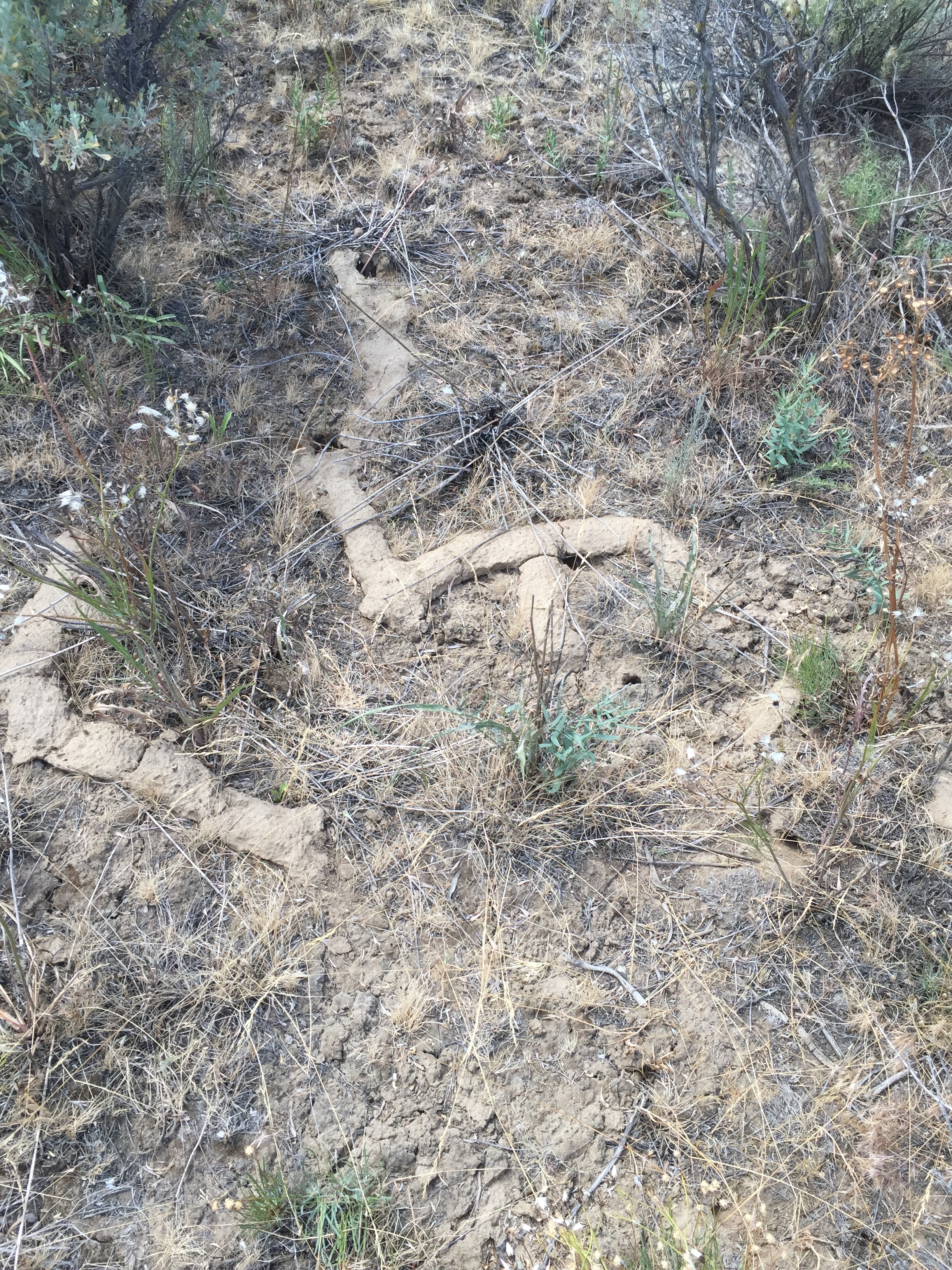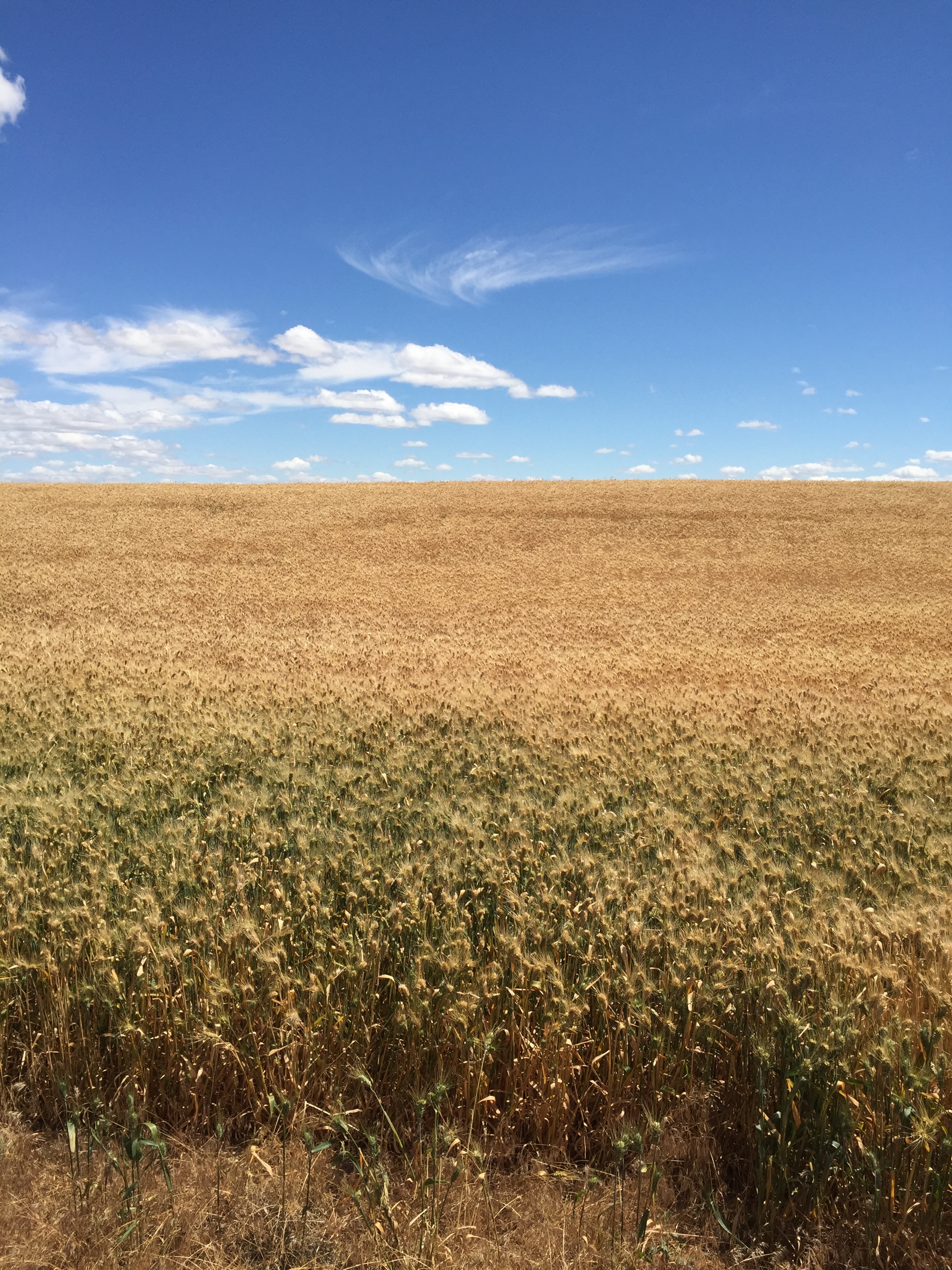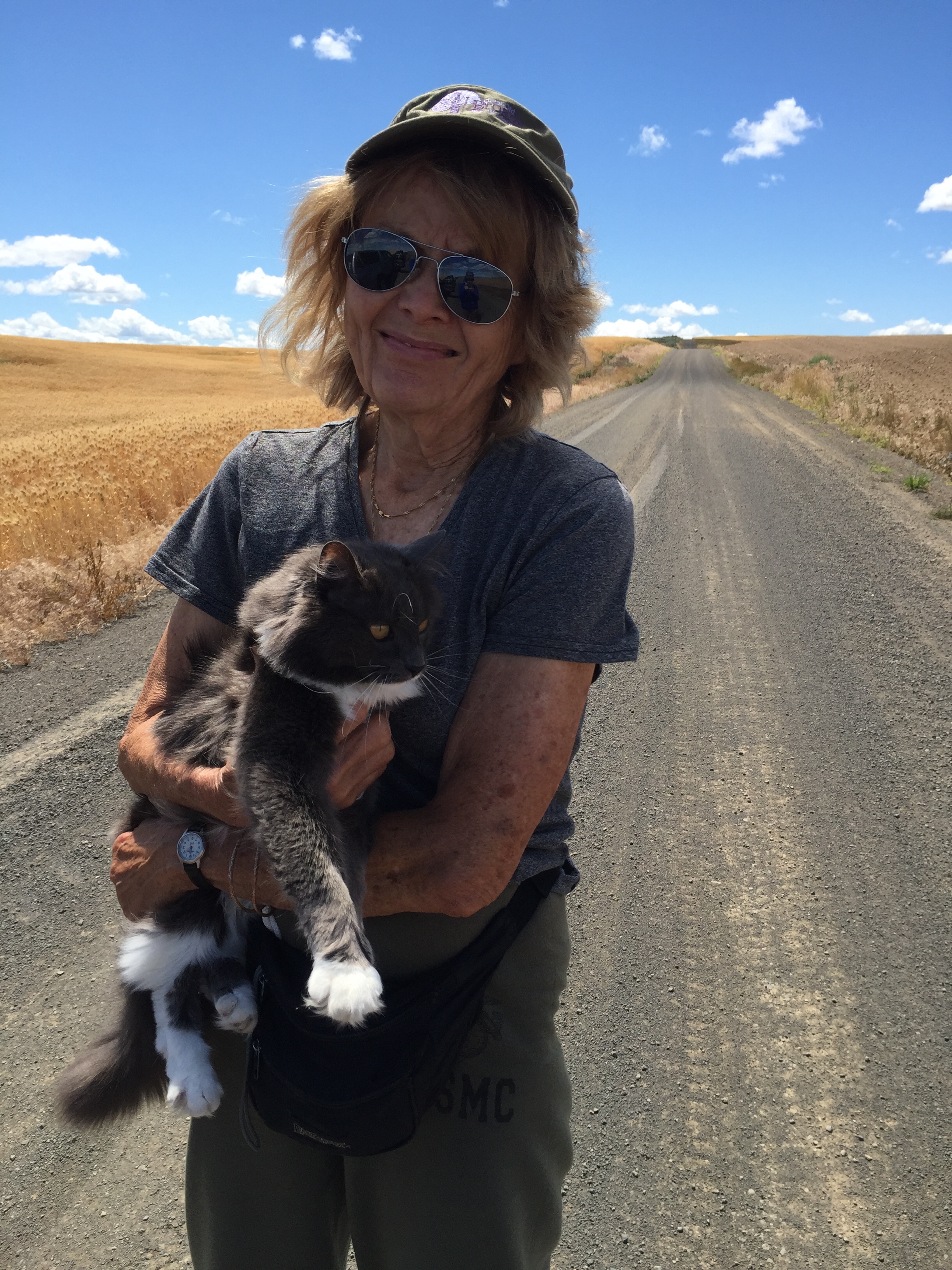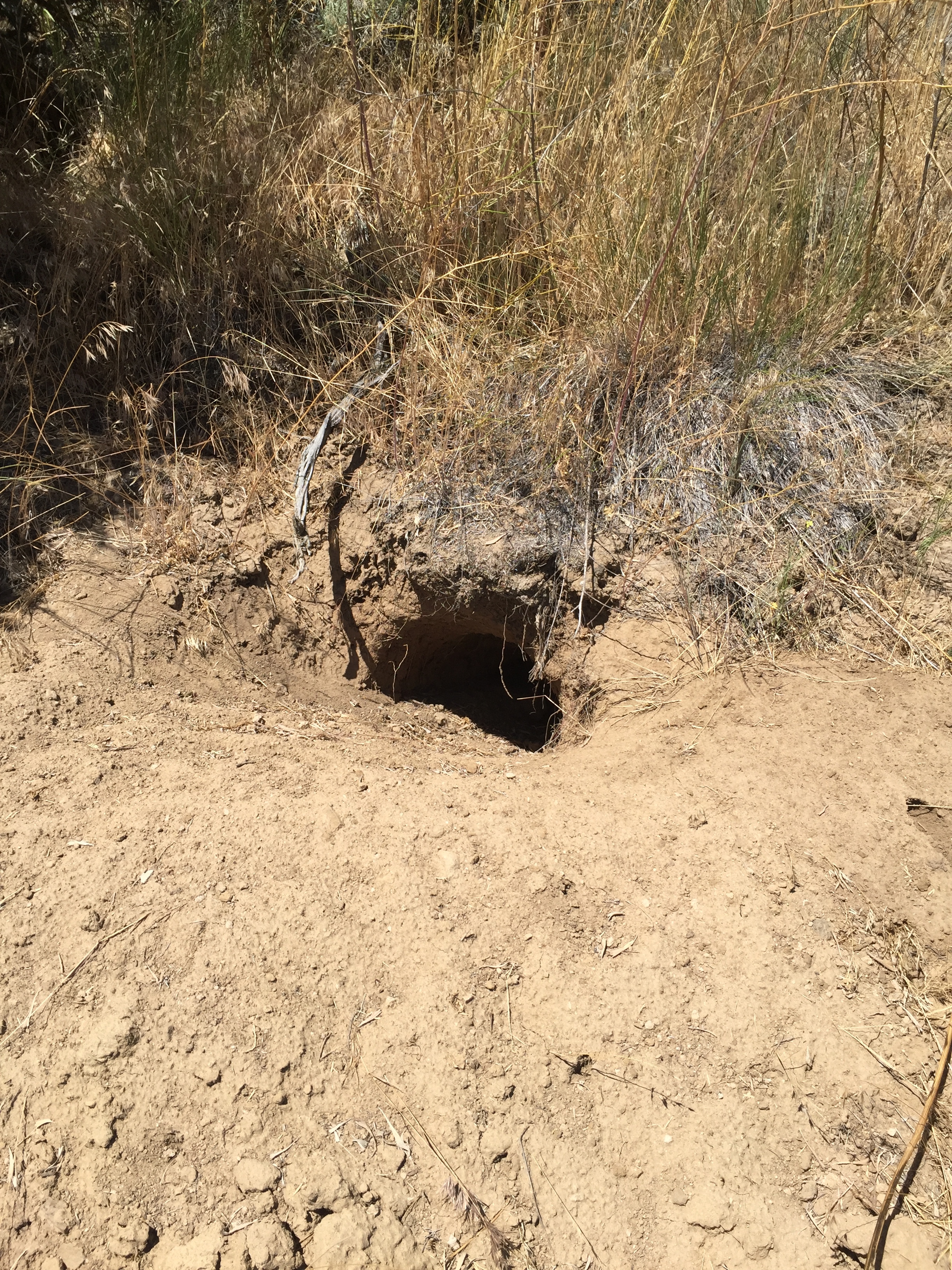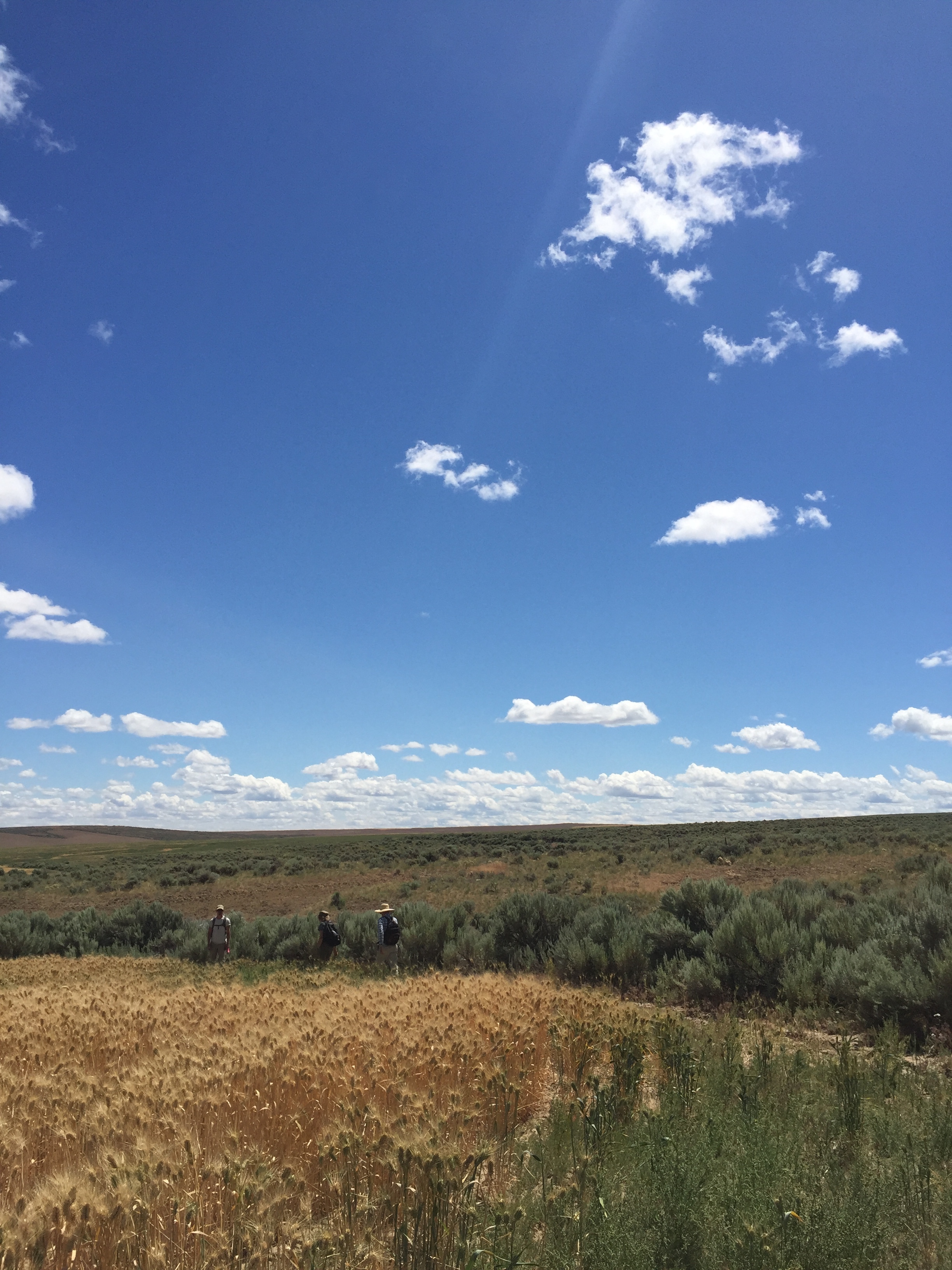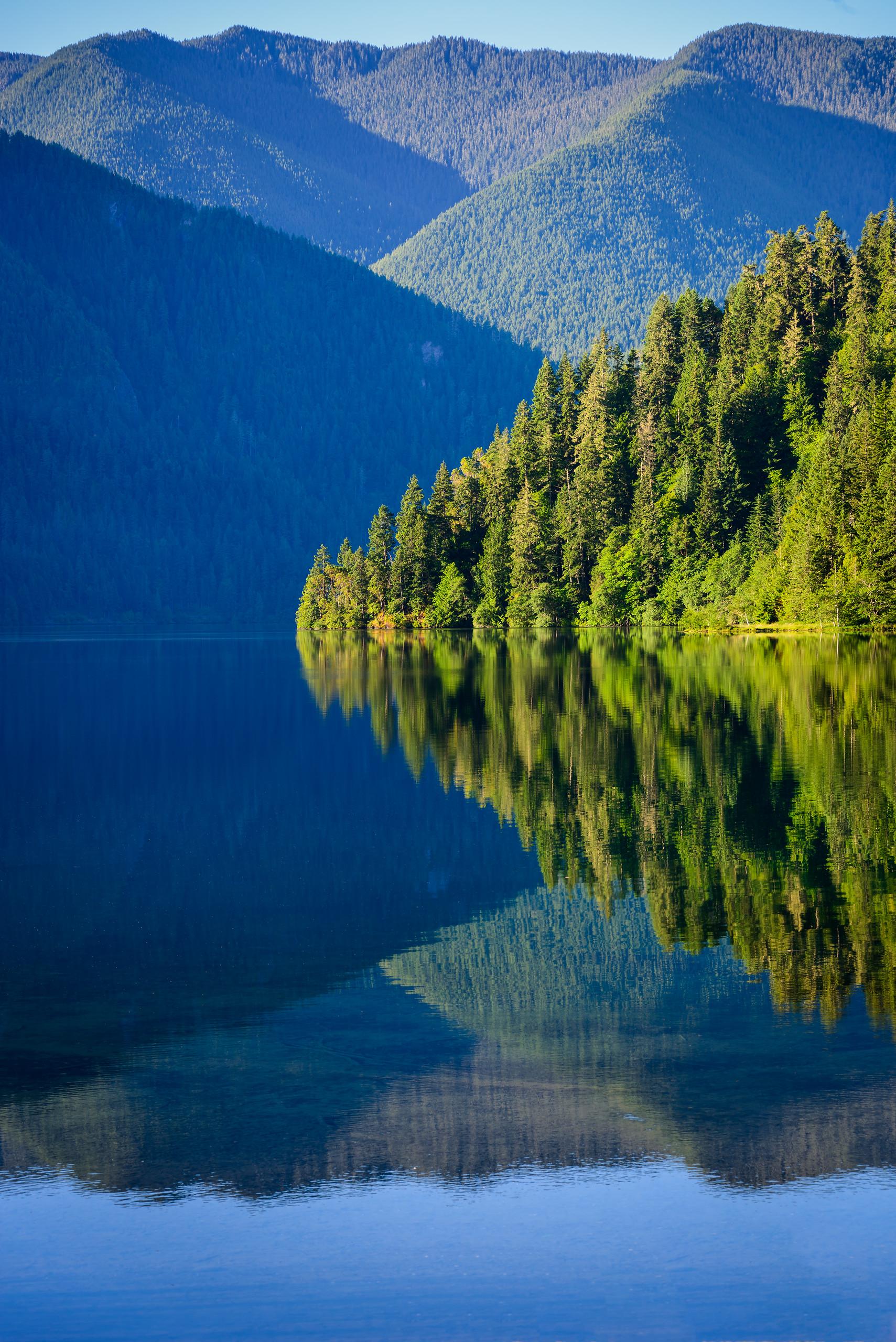In September 2020, thanks to the funding from the state Washington State Coast Restoration and Resilience Initiative, The Nature Conservancy completed a step towards whole system restoration of our coastal streams on our Olympic Forest Reserves. The grant funded a series of thinning, planting of native riparian trees, weed treatments, and, most impressively, the installation of large woody debris jams "log jams" in Shale Creek, a tributary of the Clearwater and Queets River. See helicopters placing log jams in the river
Ellsworth Headwaters Protected
A small but significant 80-acre acquisition at our Ellsworth Creek Preserve in southwest Washington protects the headwaters of this 8,000-acre watershed where we’ve been working for more than 20 years.
The new property was harvested about five years ago, leaving our Preserve vulnerable to high winds on its boundary that blew down trees, and sediment runoff into Ellsworth Creek. With the acquisition, made possible by generous private donors, we’ll be able to restore it.
Collaborative Forest Projects Move Forward
Four major landscape restoration projects in central Washington are in planning and environmental analysis and will be ready for implementation in 2021 or sooner. These projects span from the north to the south of the Okanogan-Wenatchee National Forest and encompass approximately 400,000 acres of high-priority restoration areas under the 20-Year Forest Health Strategic Plan led by the Washington State Department of Natural Resources (DNR).
Conservancy’s Washington Lands Reopening with Caution
In alignment with Gov. Jay Inslee’s decision to partially reopen state recreational lands incorporating social distancing guidelines, lands owned or managed by The Nature Conservancy in Washington will reopen May 5 with some important exceptions.
Both the Yellow Island Preserve in the San Juans and the popular Bluff Trail at the Robert Y. Pratt Preserve at Ebey’s Landing on Whidbey Island, will remain closed for the safety of our staff, volunteers and visitors, and for preservation of fragile lands.
What Wildlife are We Spotting at Moses Coulee?
Sweethearts on the Prairie
Colleen Shannon and Jeff Osmundson have been volunteering for The Nature Conservancy in Washington for the past 13 years. As Volunteer Stewards they serve as our eyes and ears on TNC preserves. As a couple they have dedicated over 300 hours to help preserve the natural beauty of Port Susan Bay and Fisher Slough. They’re now taking their dedication to Zumwalt Prairie, a Nature Conservancy p[reserve in Eastern Oregon.
We filled in the last puzzle piece at Foulweather Bluff
This latest acquisition protects the Preserve’s second-most important physical feature, after its namesake 50-foot feeder bluff, a brackish marsh which is fed by a freshwater drainage from the northeast. This site has been identified by the Washington Natural Heritage Program as one of the top 20 most significant coastal wetlands in the Puget Sound region. The driftwood berm separating the marsh from Hood Canal is breached periodically by winter storms and high tides, introducing a more saline element into the marsh.
Nature Conservancy in the News - 2019 Headlines
Big cat at Ellsworth Creek Preserve
Lives of the Land Stewards
The Stewardship Team here in Washington has a big job: to care for about 47,000 acres in 33 preserves and 11 easements scattered across the state, from tiny Deadman Island, less than 2 acres in the San Juans, to the Moses Coulee/McCartney Creek/Beezley Hills complex of preserves covering more than 30,000 acres in the sagelands of Central Washington. Meet 4 team members and see videos of the work they do.
A big milestone for the Central Cascades Forest, thanks to Land and Water Conservation Fund
Bringing good fire onto McNary National Wildlife Refuge with Cascadia TREX
Fuel from multiple handheld drip torches ignited invasive grasses and fire spread quickly across a former farm field Wednesday, as fire professionals from many agencies worked together to conduct a controlled burn at the McNary National Wildlife Refuge in Burbank, near the Tri-Cities in south-central Washington. The exercise was part of the 2019 Cascadia Fall TREX, or Prescribed Fire Training Exchange, held Sept. 29-Oct. 11.
Bat-ting ONe Thousand at Moses Coulee Preserve
by Claire Kurlychek, Americorps Stewardship Assistant
A relentless hunter darts erratically through the air as twilight fades to dusk. The winged creature works to consume thousands of insects before the temperature drops and darkness drinks the last bit of light from the atmosphere. The mammal dips for a drink as its heart thunders hundreds of beats in mere seconds. The essential ballet continues to a near silent soundtrack of wingbeats and night hawks.
A pallid bat in Washington’s shrub-steppe. © Michael Durham
This epic tale continues night after night throughout the summer months, with a widespread and significant impact on agriculture, biodiversity, and medicinal applications that often goes unrecognized.
Flying rats, birds with fur, disease vectors…. Bats have been misunderstood and misrepresented in the folds of history. In recent decades, research is shedding light on just how imperative these unique creatures are to a cohesive environment.
Whisper Lake at dusk is prime time for bat viewing. © Claire Kurlycheck
In order to highlight the import role bats play in an ecosystem and contribute to species tracking, the Wenatchee field office has continued work with the North American Bat Monitoring project and reached out to folks who might not have had the opportunity to learn about these unique animals.
On a cool night in mid-July a group from the Wenatchee Ment2B YMCA mentoring program visited the Moses Coulee Field Station to detect a range of bat species. The group separated myths from facts, discovered the bat life cycle with Ella Rowen of Washington Department of Fish and Wildlife, and used an Echo meter to detect six different species of bats hunting near Whisper Lake.
In the month of August, the Conservancy participated in the North American Bat Monitoring project (NABat) for a second year. NABat utilizes a network of partnerships across the continent to gather reliable bat population data. Historically Moses Coulee has recorded 14 of the 15 bat species in Washington State. In 2018, 11 different species of bats were detected in Moses Coulee: Pallid Bat, Big Brown Bat, Hoary Bat, Silver Haired Bat, Little Brown Bat, California Myotis, Western- Small Footed Myotis, Western- Small Eared Myotis, Fringed Myotis, Yuma Myotis, Canyon Bat. The data collected in 2019 has been sent to Oregon State University, the Northwestern NABat Hub, for analysis. The results will be reported mid-winter to determine if Moses Coulee continues to be prime habitat for the relentless hunters.
Banner photo © Michael Durham, Durmphoto.com.
Putting Good Fire Back on the Land - Cascadia TREX Fall 2019
Through Cascadia TREX (Prescribed Fire Training Exchange) we’re building capacity for more prescribed fire, and learning to work together across agency and property lines. TREX offers firefighters and land managers the opportunity to get hands-on experience in all aspects of prescribed fire, including preparation, scouting, ignition, holding, mop-up and patrol. Participants train with appropriate equipment and practice fireline leadership.
19,000 Seedlings Planted Near Cle Elum
E. WA Forest Program Manager recognized for collaboration
Milestone for 46,000 acres of Central Cascades Forest
On the Radio: Washington’s Forests In the News
Washington’s forests are critical for water, recreation, wildlife, local economies.
The Nature Conservancy is working with many partners to restore these forest to health, to better withstand the impacts of climate change and reduce the risk of catastrophic wildfires.
LEARN MORE ABOUT OUR WORK IN FORESTS
Search Party for Pygmy Rabbits
Written & Photographed by Lauren Miheli, Volunteer Coordinator and Anna Snook, Volunteer Photographer
A hike in Washington’s sage brush country will reveal plant, animal, and bird populations distinct from those on the West Side of the state. On a typical day one would be lucky to see mule deer, badgers, meadow larks, mourning doves, small horned lizards and a great many other small mammals, birds and reptiles. Ideally if you saw a rattle snake it would be from a distance. Something you most likely wouldn’t encounter would be a Columbia Basin Pygmy Rabbit. Although native to this region, the pygmy rabbit is in danger of becoming extinct. The Washington Department of Fish and Wildlife (WDFW) has been working on a project to breed these rabbits in semi-captivity and reintroduce populations back into the wild, including on our Beezley Hills Preserve. Bringing a species back from the brink of extinction is challenging work. There is no manual on how it’s done. Wildlife biologists, using their knowledge of the rabbit’s behavior, funding from the federal government, and a lot of intuition, utilize a trial and error approach to breeding and reintroducing them to their native sage brush habitat in central Washington.
In order to determine if any rabbits released have successfully survived in the wild, Jon Gallie and Shea Gibbs of WDFW invited a crew of about 30 Nature Conservancy volunteers to traverse the land near the release sites and look for signs of pygmy rabbits: burrow holes and scat. Volunteers split into groups of 4, with each group led by a member of WDFW’s staff armed with a GPS unit and collection tools. Each volunteer covered about 7 miles each day, traversing back and forth, and up and down hills, throughout sage brush.
While searching for signs of Pygmy Rabbits I was struck at how familiar I became with signs of other desert species – badger and coyote dens, snake holes, mouse holes, cottontail rabbit scat, prints and scat from deer, coyotes, and the feral horses that were grazing in the area. Upon first site a badger den filled me with excitement. After the 5th or 6th one I became jaded. Throughout two days of hiking and covering sage brush land that could once have been home to dozens of Pygmy Rabbits, with all of the volunteers intently searching on those two days, only one burrow with fresh scat was located. So this is what it feels like to look for an endangered species - searching and searching, and not finding what you’re looking for. We collected valuable data that the biologists will use to improve their strategy, but we were disappointed that we did not find more signs of pygmy rabbits. Two days of hiking for nearly 6 hours straight and the absence of signs of Pygmy Rabbits was felt in our collective psyches. The lack of discoveries does not mean that Pygmy Rabbit recovery is hopeless. Aside from the literal silver lining (partial cloud cover on both days cooled us down and made the typically unbearable eastern Washington heat a non-issue) the one burrow that we did find gives the project managers something to be excited about. Previous surveys of the area revealed no burrows at all. Samples of the scat were collected that will be sent to the lab at the Oregon Zoo, where DNA from all captive-bred rabbits is kept on record, and we will learn when the rabbit that left the evidence was released, how long it has survived in the wild, and if we’re really lucky we will find out that it has DNA that has not yet been recorded - which would indicate that it was wild born.
The biologists at the Washington Department of Fish and Wildlife are doing amazing work, and are highly dedicated to their task of bringing this species back to healthy population numbers. I believe they are up to the challenge, and I hope that we can continue to improve our land management and conservation practices, so that other species are not pushed this far in the future.
LEARN HOW YOU CAN VOLUNTEER
Land of Free Beauty: July Photo of the Month
Written & Photographed by Evan Eremita, Northwest Photographer
Last year the northwest was treated to a very early and long summer which, to me, translated to lots of swimming! I decided early on to spend most of this long summer seeking out and jumping into as many blue and turquoise lakes as I could.
This hike was to Goat Lake in the Goat Rocks Wilderness, in the center of three volcanoes, Mt. St. Helens, Mt. Rainier, and Mt. Adams. After a good swim in the beautiful turquoise waters, much snacking, and a long nap in my hammock, it felt just about right to start making the hike back to the car. I decided to make the loop and take a different trail back, and I'm glad I did. Long views of Mt. Adams towering above thick forest highlighted the early portion of the hike back, especially as the sun began to set and paint the sky with beautiful pink and purple tones.
What looks to be a giant cloud in the left side of the frame is actually thick smoke from one of the many wildfires last summer. Mt. Adams is acting as a barrier, momentarily keeping the smoke to the east. Another beautiful end to a beautiful summer day in the Pacific Northwest.
I first got into photography shooting with a cheap point and shoot camera on a 4 month cross country road trip, eventually landing in the beautiful Pacific Northwest, which is now my current home, living in a sailboat in Seattle.
Evan's goal as a photographer is to help develop a deeper appreciation for this beautiful world we live in, to spark something in the back of people's minds to become a little more conscious and caring for the earth with their actions. To see more of his work visit his ETSY shop, and follow his adventures on Instagram: @Snuggly.Bear!




















